Yellowtail rockfish
Sebastes flavidusYellowtail rockfish can live to be over 60 years old. Researchers can gauge the age of fish by analyzing their otoliths (ear bones), which grow in annual patterns like tree rings.
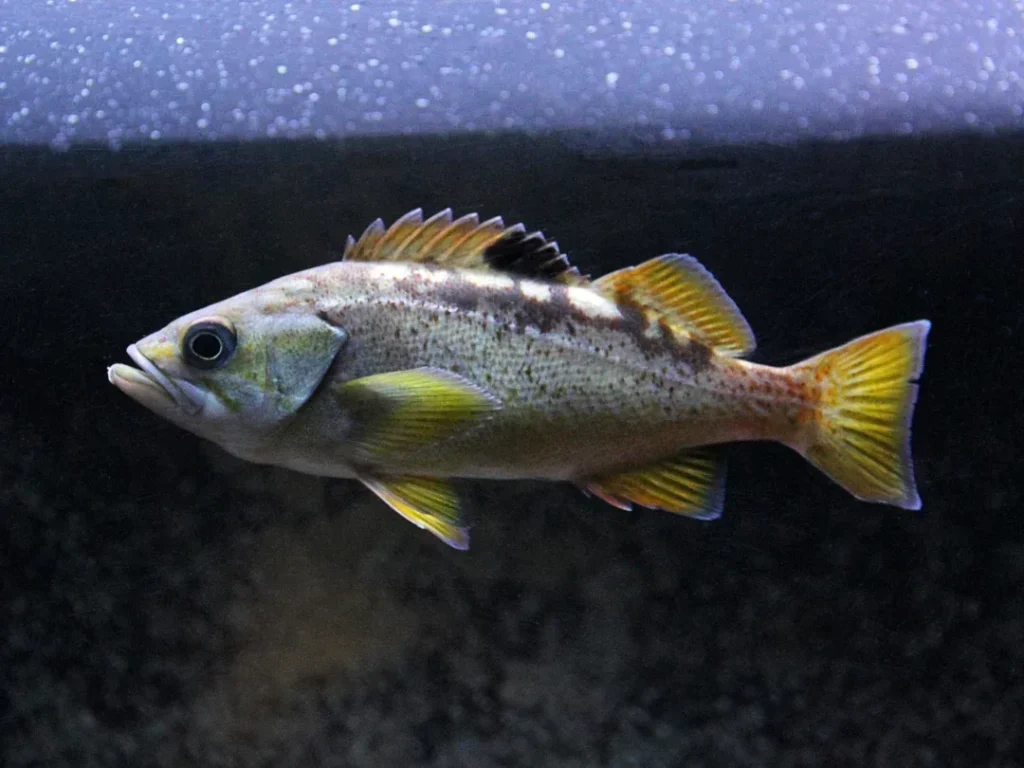
Yellowtail rockfish can live to be over 60 years old. Researchers can gauge the age of fish by analyzing their otoliths (ear bones), which grow in annual patterns like tree rings.

These predatory sea snails feed on acorn barnacles and mussels by using their sharp, toothy radula to drill through the shells of their prey and get to the tasty morsel inside.
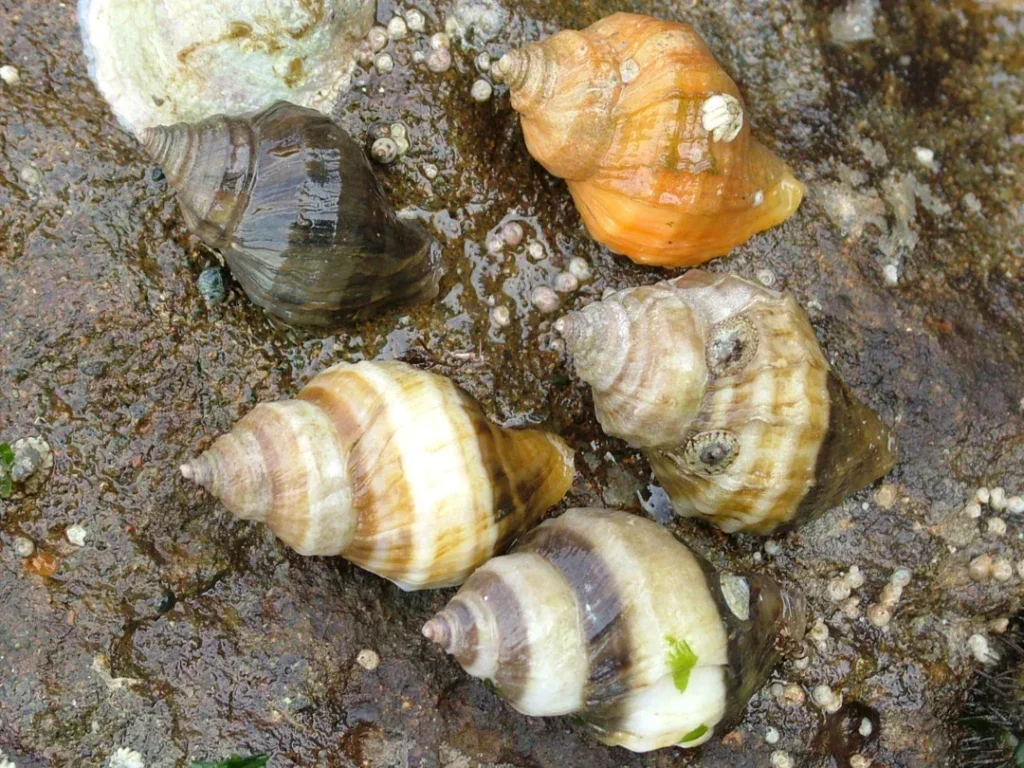
Widow rockfish are found at depths ranging from 80 to 1,200 feet below the surface, with both juveniles and adults living together in large schools close to or above rocky reefs.
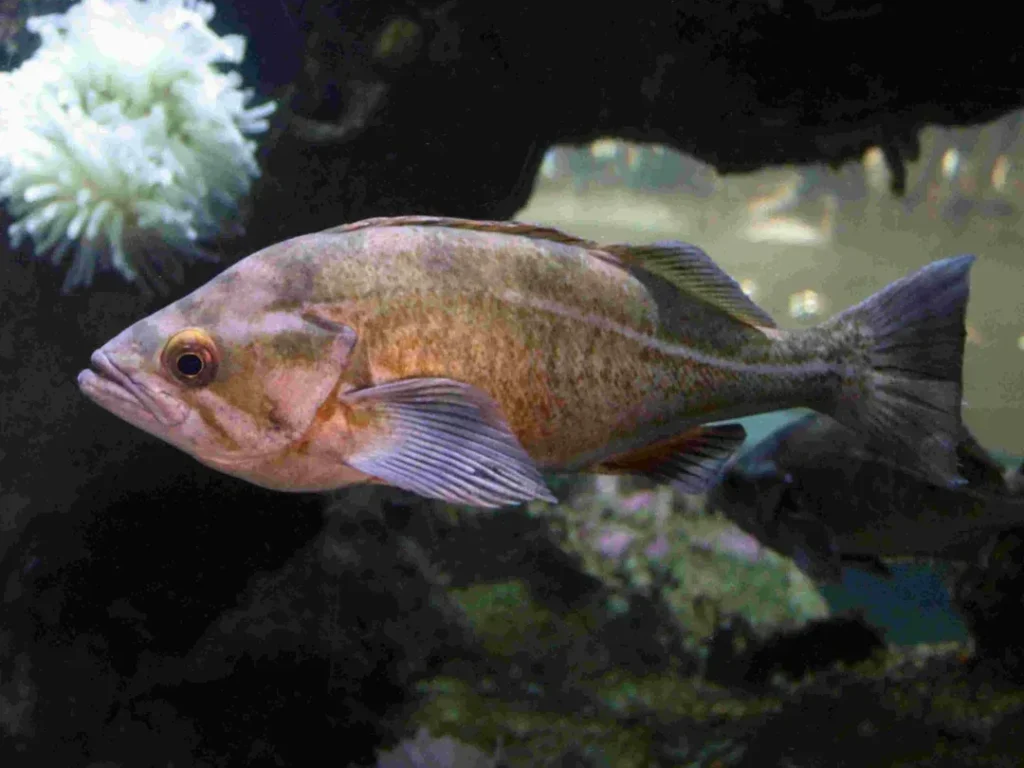
These fish are named for the notch, or split, on their upper lip. Like all rockfish species, they have venomous spines on their dorsal (top) fins.
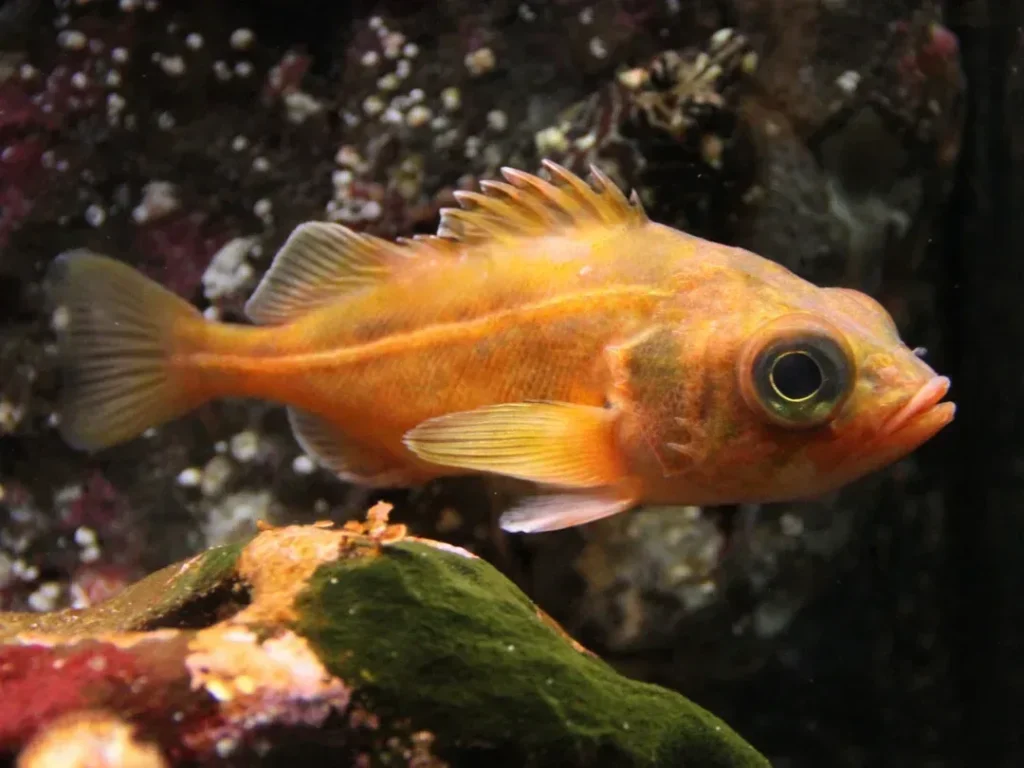
Mottled stars may be tricky to identify because they're found in a wide range of colors—from darker shades of brown and bluish-gray to lighter hues of rust, orange and pink.

These crabs are named for their rostrum (beak-like projection on the head) with two “horns.” Their carapace (shell) is often decorated with sponges and other small marine animals.
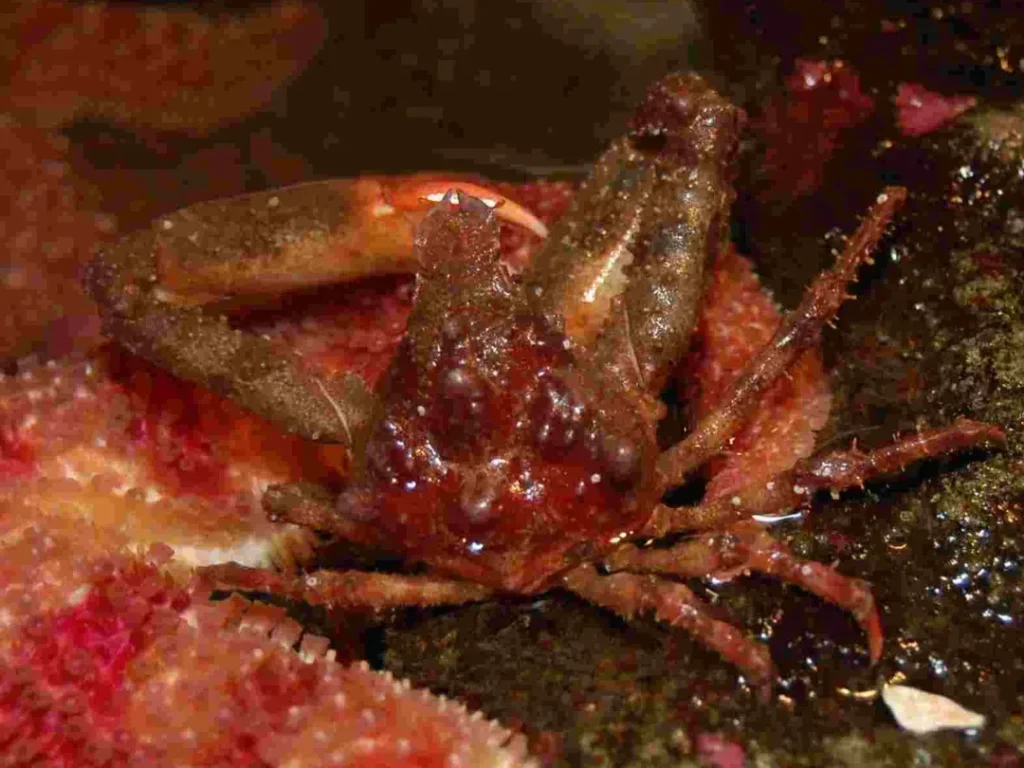
These fish are typically seen in loose groups in relatively shallow waters—near eelgrass beds, pilings or other human-made structures, and often nibbling on barnacle tentacles.
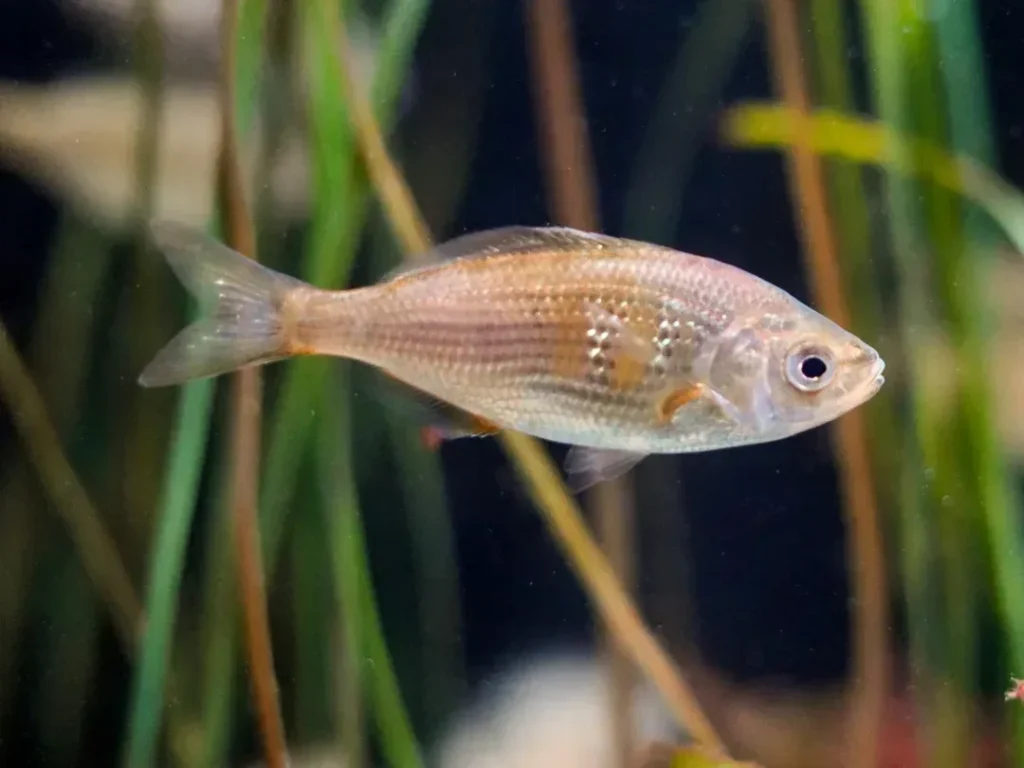
Like all sea stars, this species can regrow a lost ray (arm) as long as some part of the central disk (middle of the body) remains intact. The process can take a year or more.

Swimming anemones earn their name: When a predator (like a leather sea star) gets close, they can release their adhesive foot and flex their bodies to swim a short distance away!
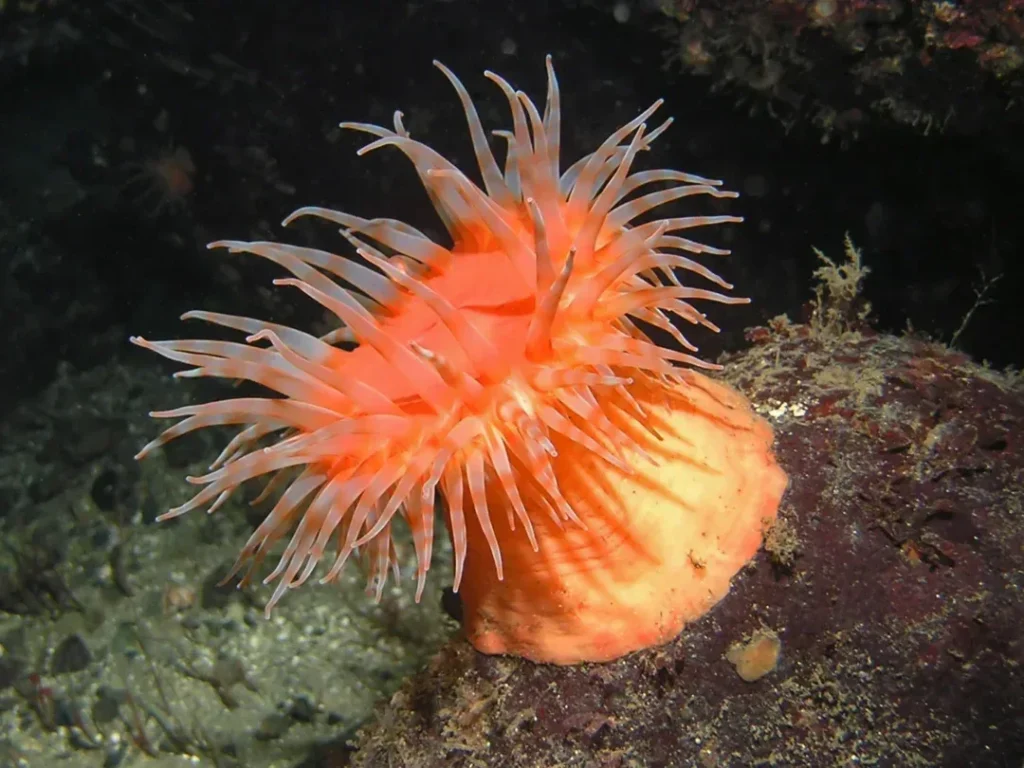
In the spring, males develop a red throat and belly and perform a courtship dance to attract females. After fertilizing the eggs, males remain at the nest until the young hatch.
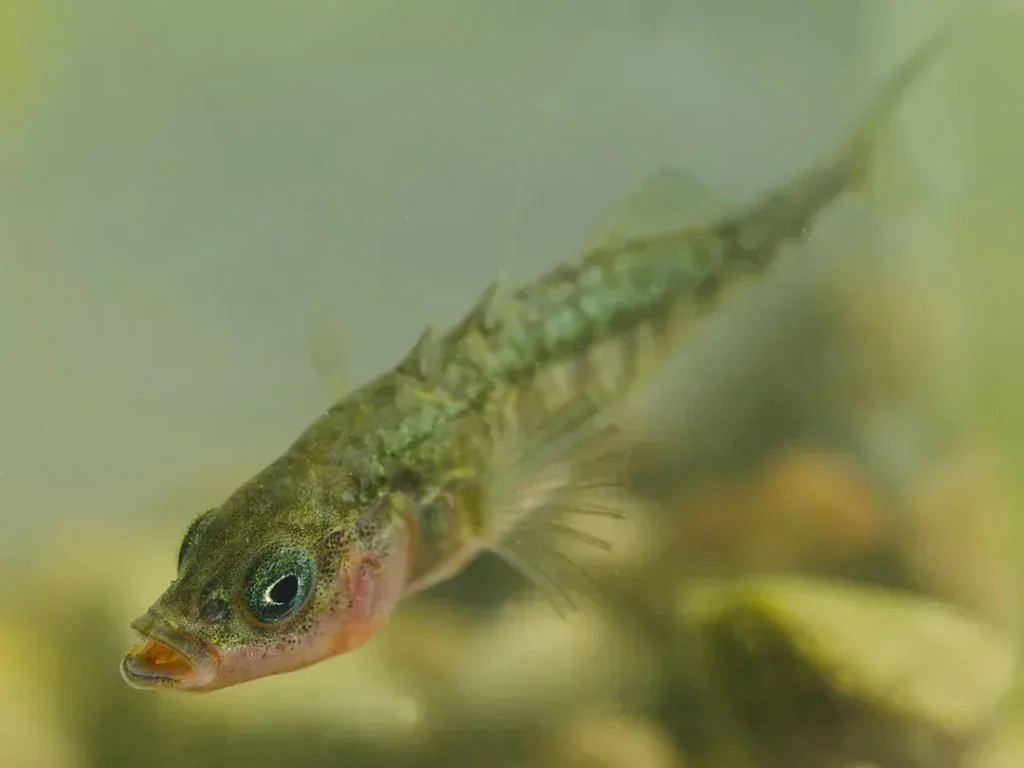
The second word in this sea star's scientific name, aequalis, means “equal” in Latin and is a reference to the five evenly-shaped rays (or arms) exhibited by this species.
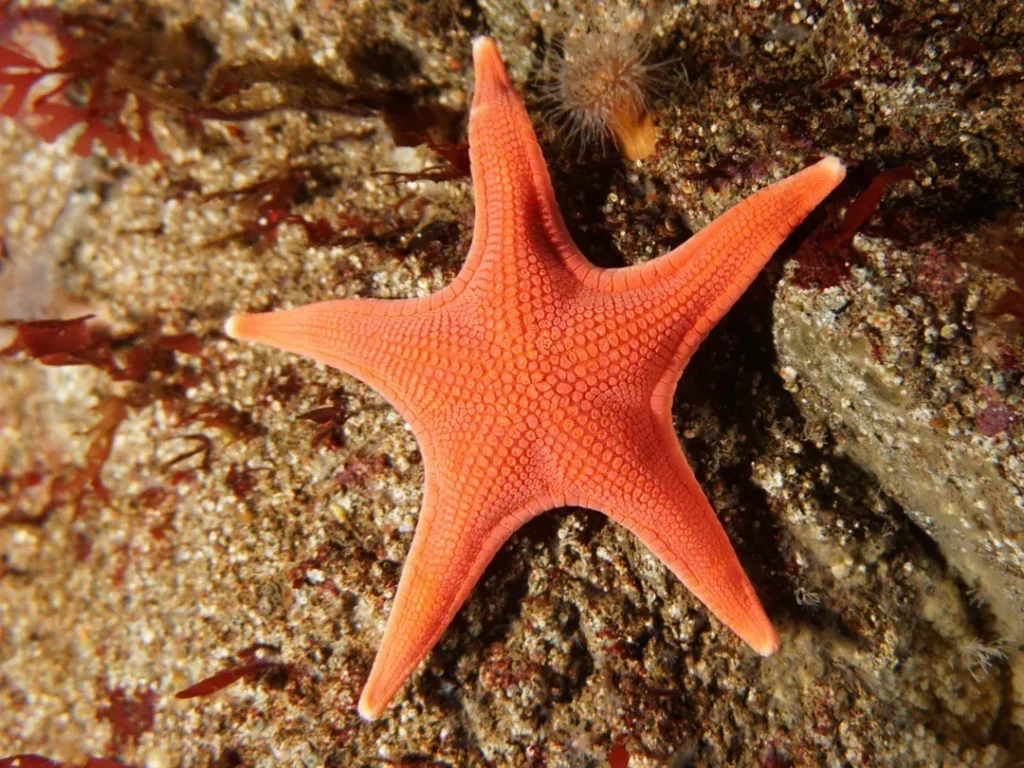
Like all sea cucumbers, this species can literally spill their guts—or expel their internal organs—when threatened by predators. The missing organs regenerate in a few weeks.
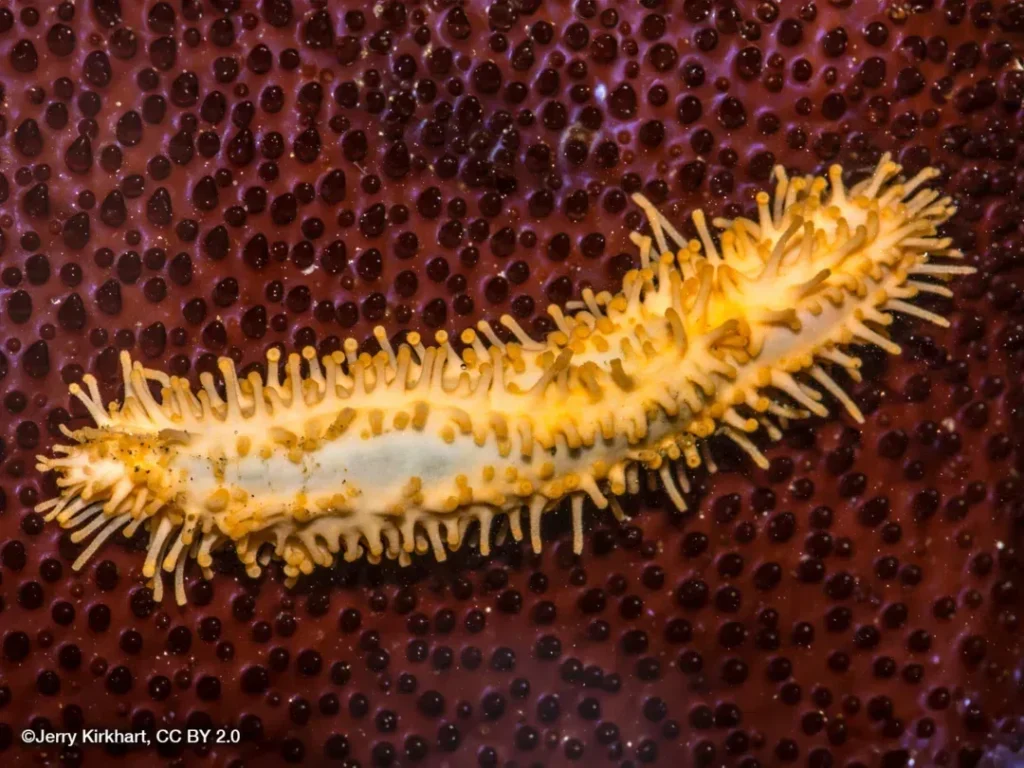
One look at the column, or body, of this invertebrate (animal without a backbone) makes it clear why they're also called strawberry anemones!
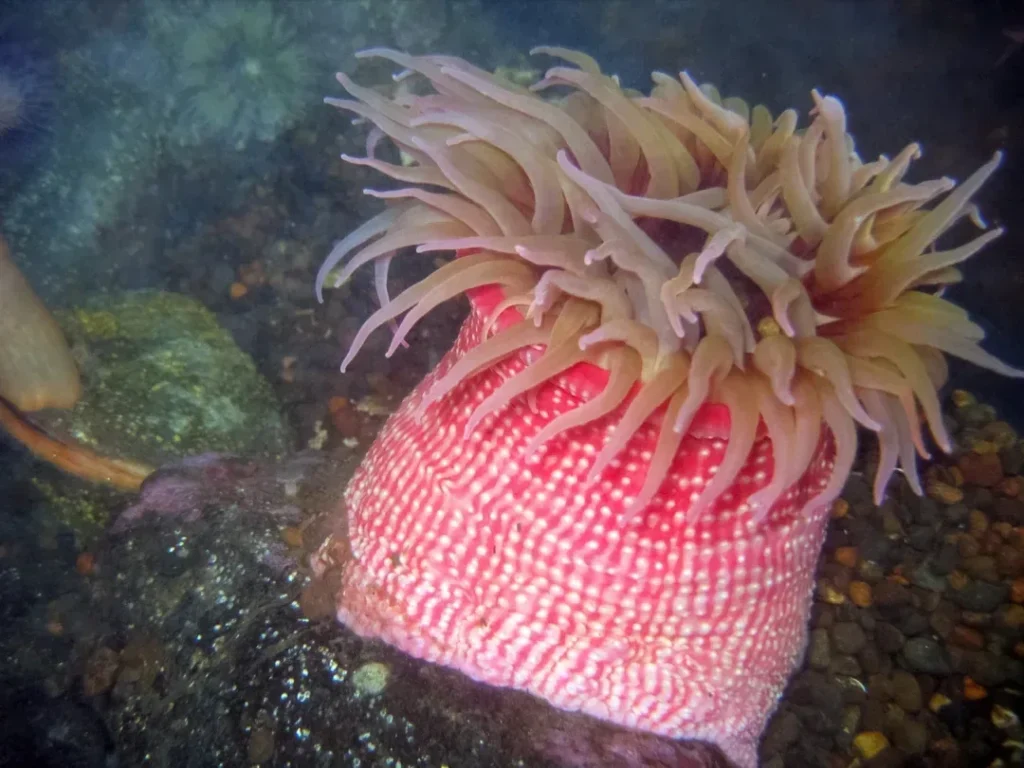
Sculpins don't have a swim bladder (a gas-filled “sack” that helps fish float, move up and down in the water and control their buoyancy). They're often seen lying on the bottom.
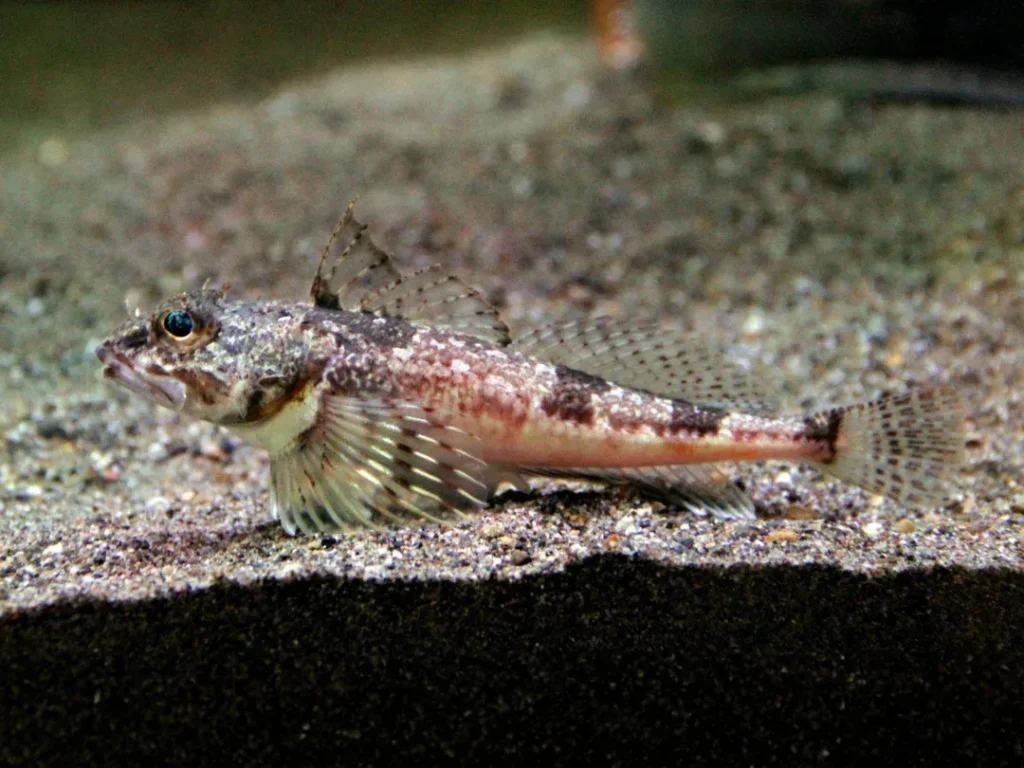
Puget Sound rockfish are one of the smallest of 100+ rockfish species worldwide. Size and color vary by species but large eyes/mouths and jutting lower jaws are common features.
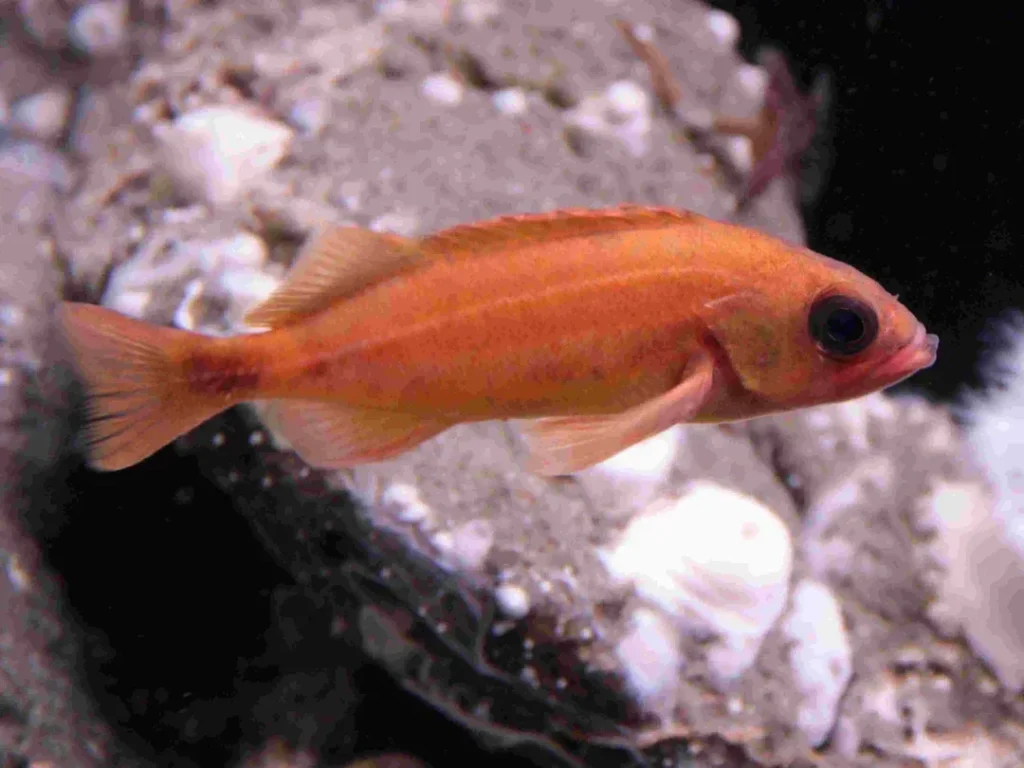
This marine snail with a vibrant shell is typically found in kelp forests, munching away on kelp blades—or on rocky shores in the intertidal zone, feasting on algae.
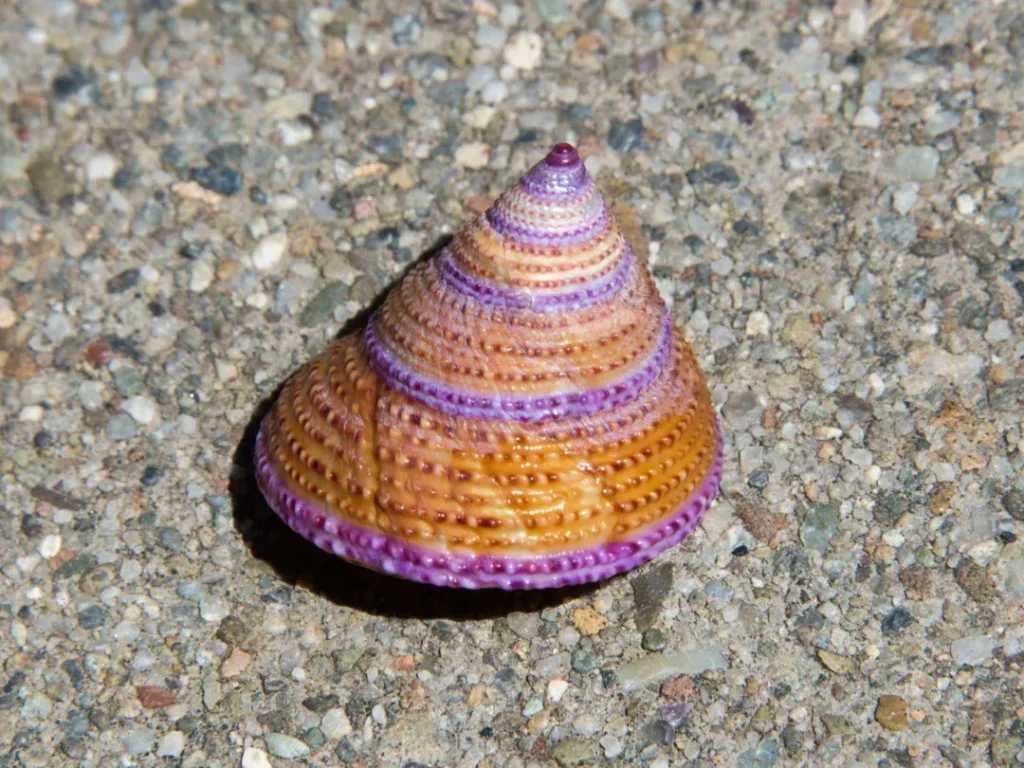
Our local waters are home to three kinds of urchins, named for their color: green, red and purple. They use their spines to move along the rocks and help grab hold of algae to eat.
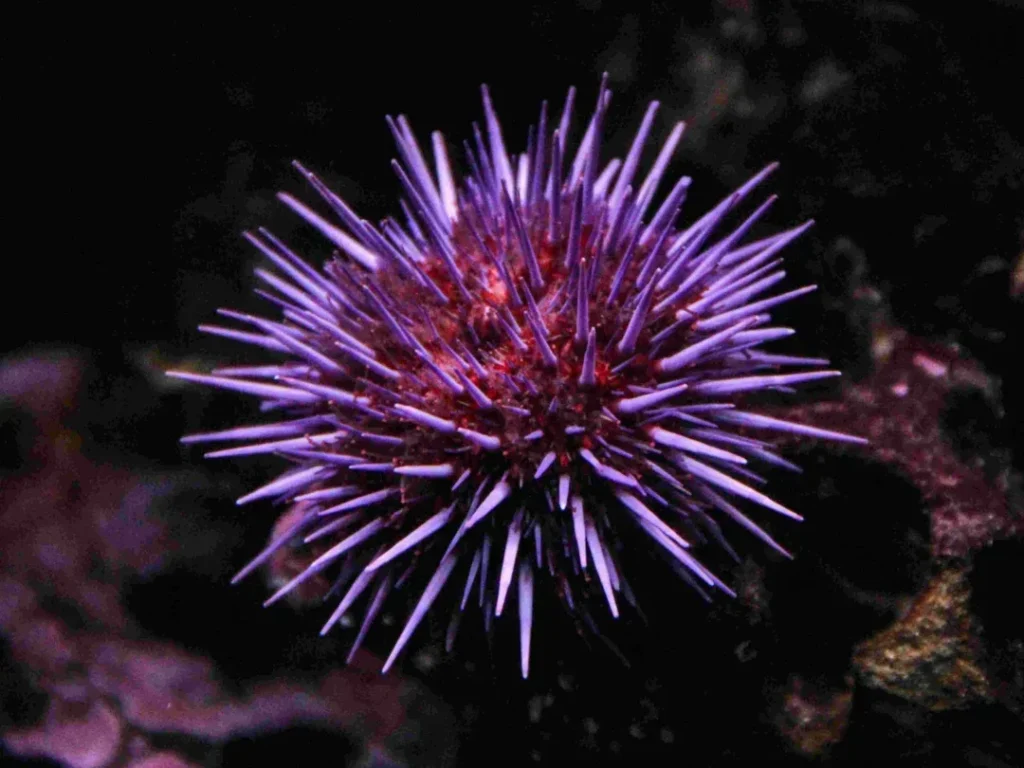
Pygmy rock crabs tuck themselves into holes, crevices or shells—or under rocks—then use their bodies to block the opening to their shelter and protect themselves from predators.
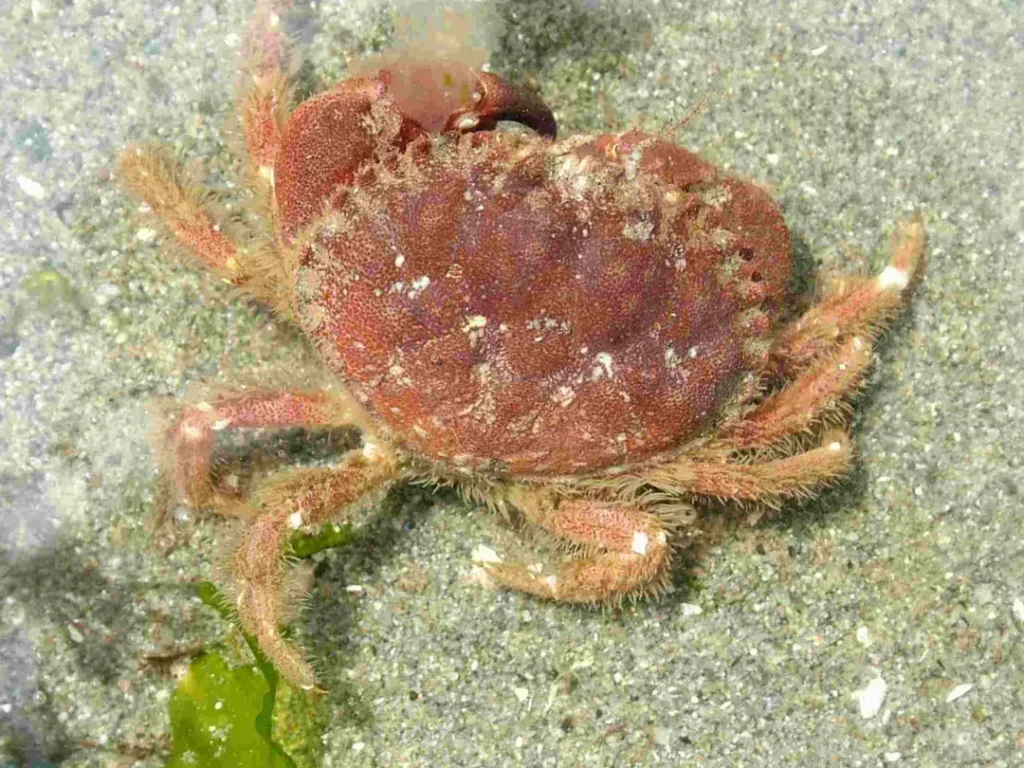
These chitons have a unique feature: a veil at the front of their girdle (the fold of flesh surrounding their eight shell plates), which they can raise and then use to pin prey.

Many species of rockfish can live very long lives—including this one, which can live up to 106 years, according to the Washington Department of Fish & Wildlife.

Reddish scallops, like some other scallop species, can actually swim away from potential predators when threatened by clapping their shells open and shut!
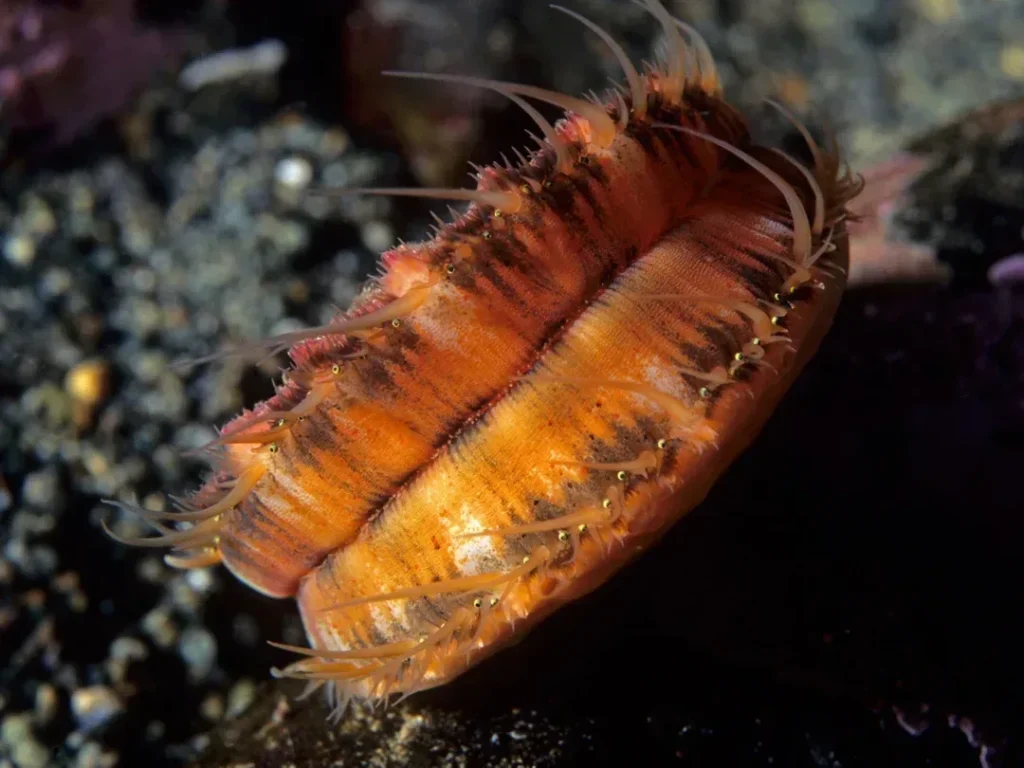
The second word of this species' scientific name, ornata, means “decorated” or “adorned” in Latin and is likely a reference to the dark markings along the fish's body.

Like all sea cucumbers, the salt and pepper sea cucumber can literally spill its guts—shed its internal organs—to distract or entangle predators. The organs soon grow back.
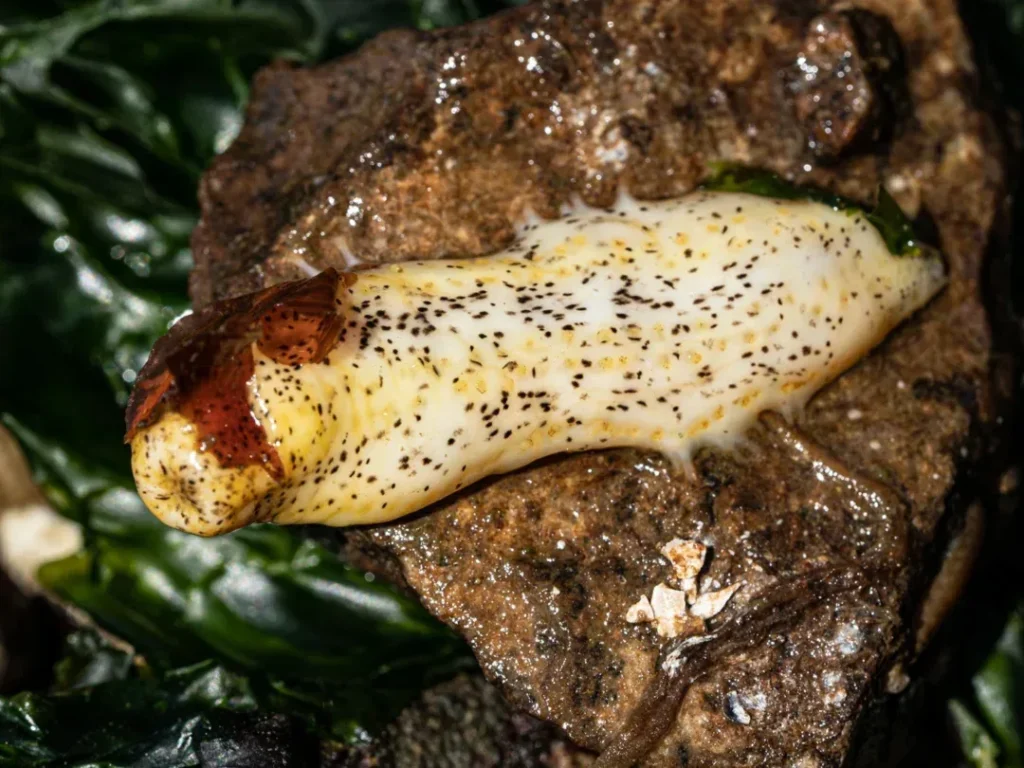
The beautiful, flower-like tentacles of the plumose anemone capture hundreds of tiny plankton to eat. When closed, this anemone may be feeding or just resting after being touched.
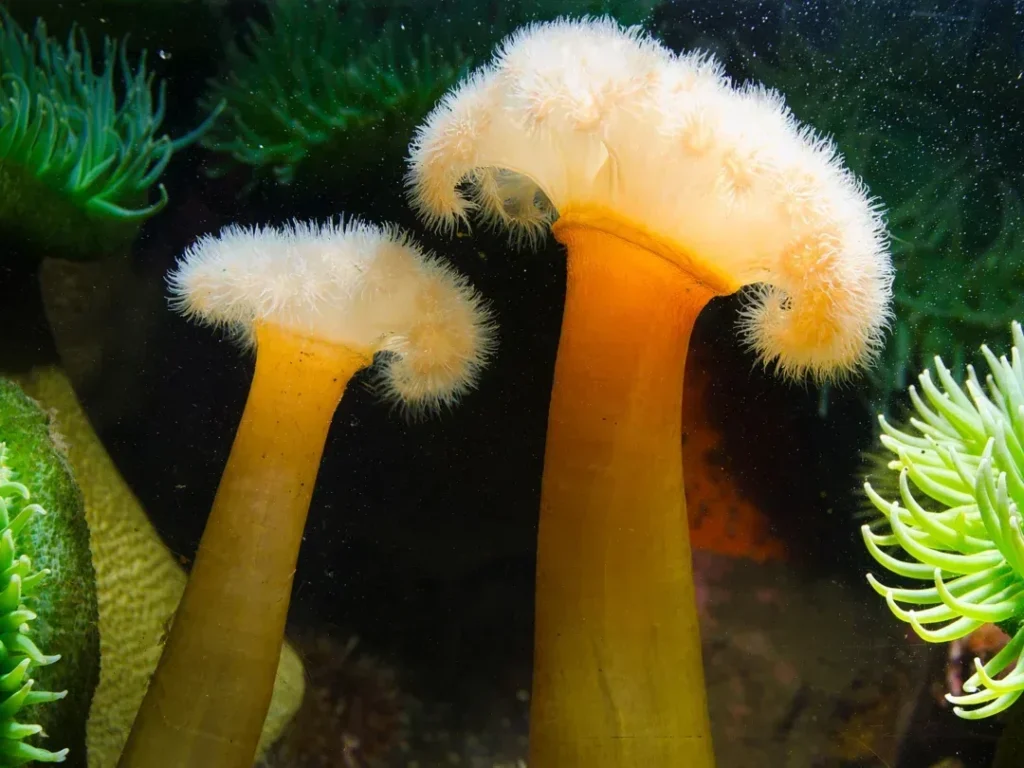
The only abalone species native to Washington waters, endangered x??'i?qs (Lushootseed for pinto abalone) are culturally and ecologically important. We're helping to restore them!
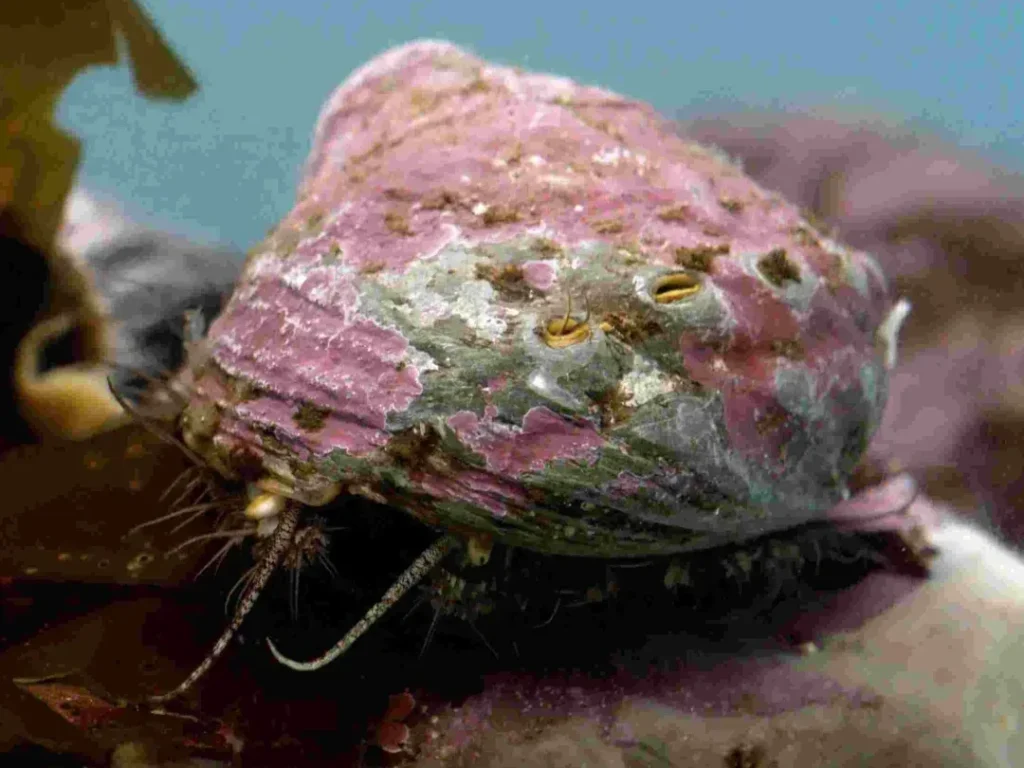
Pink scallops, like some other scallop species, can actually swim away from potential predators when threatened by clapping their shells open and shut!
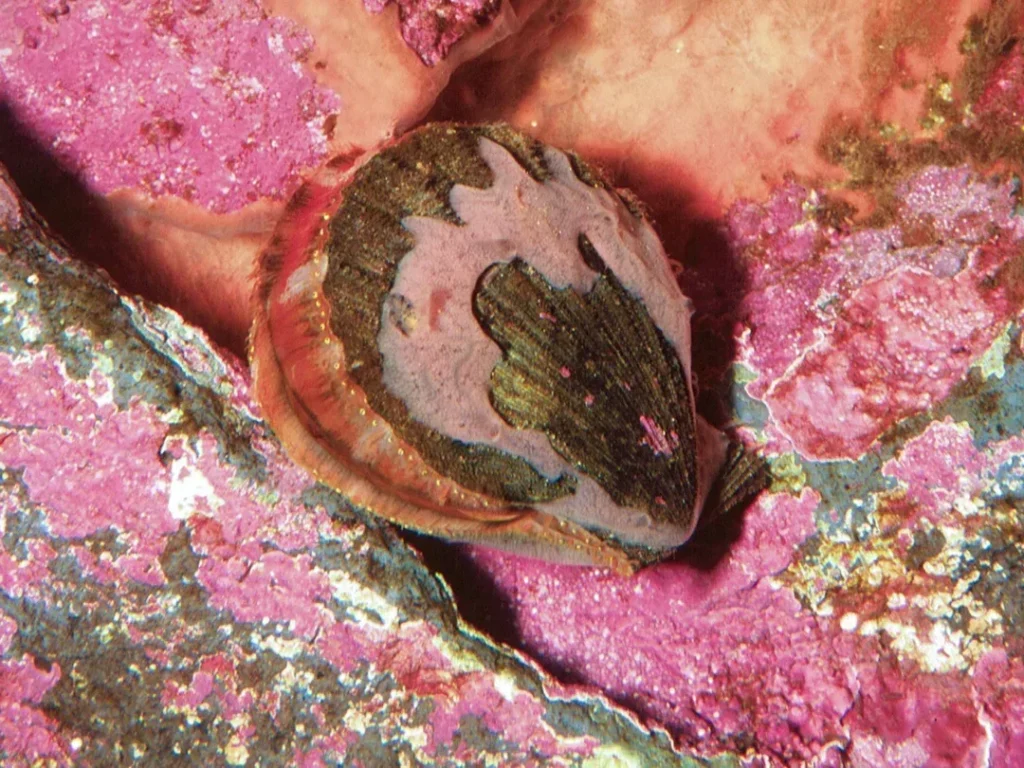
Painted greenlings are part of a family, Hexagrammidae, found only in the north Pacific. Living in pairs or as solitary individuals, they're often seen hovering above rocky reefs.
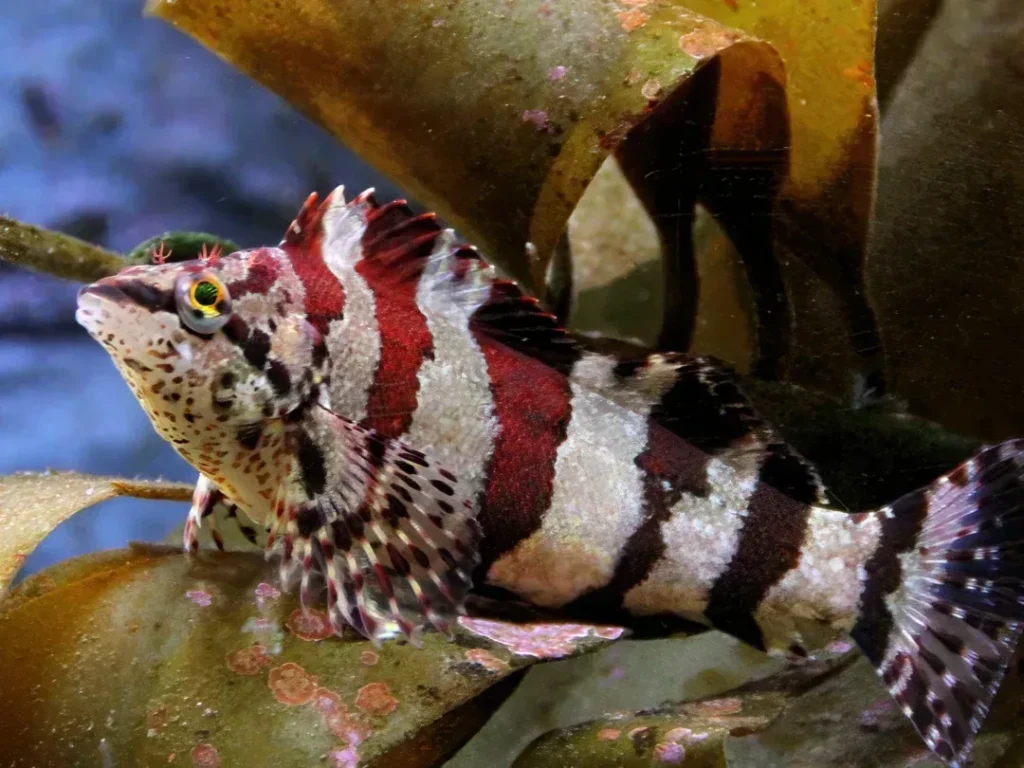
Poor swimmers, these fish get their names from the sucker disk that they use to adhere to kelp, rocks and other surfaces—which helps them resist the strong pull of marine currents.
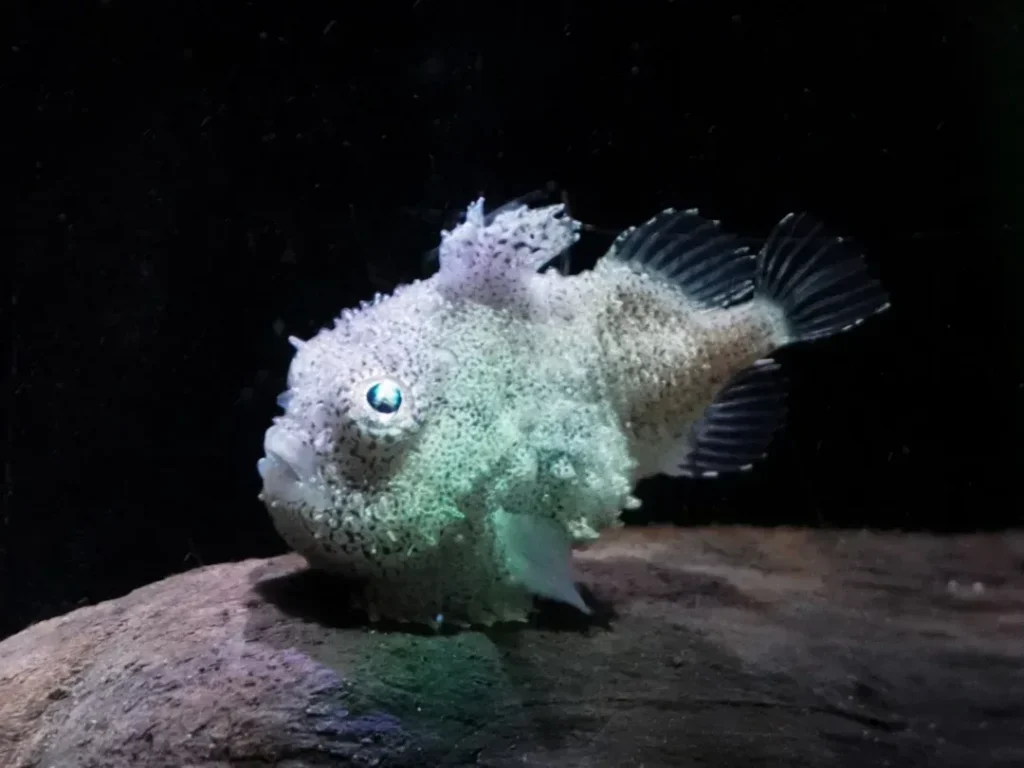
Although their name suggests a vivid red color, Pacific blood stars may also be orange, tan or even purple. This species loves to feast on sponges in the intertidal zone.
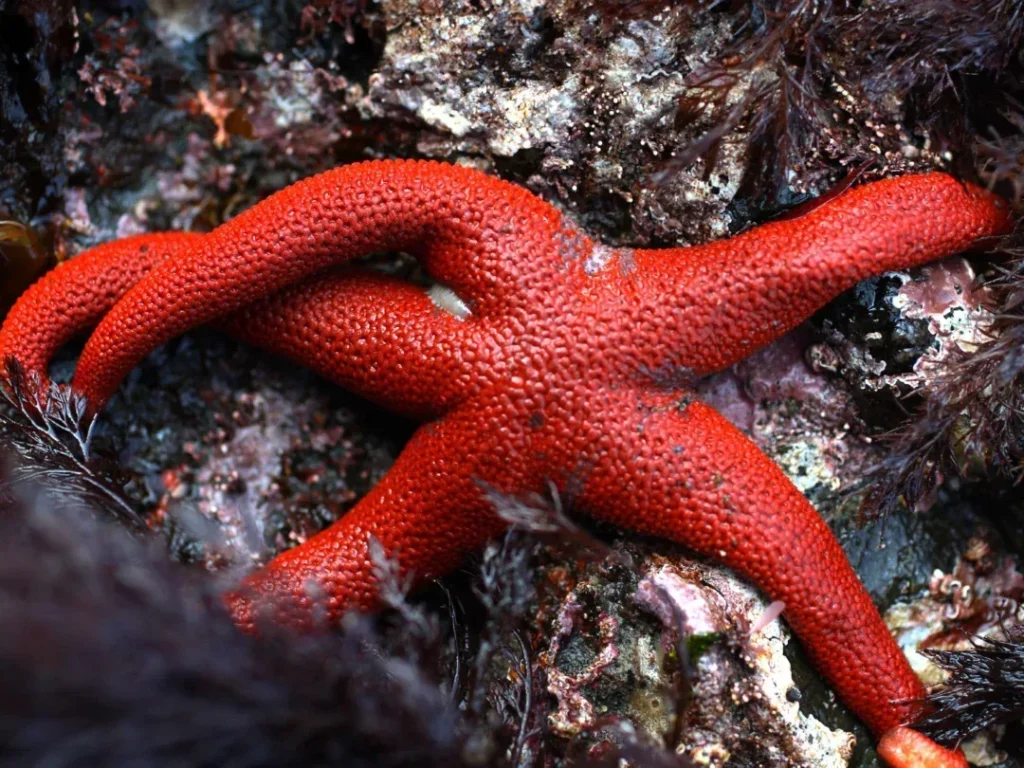
Like all sponges, the orange puffball sponge has no organs and no tissues—its body is made up of loosely connected, nearly independent cells.
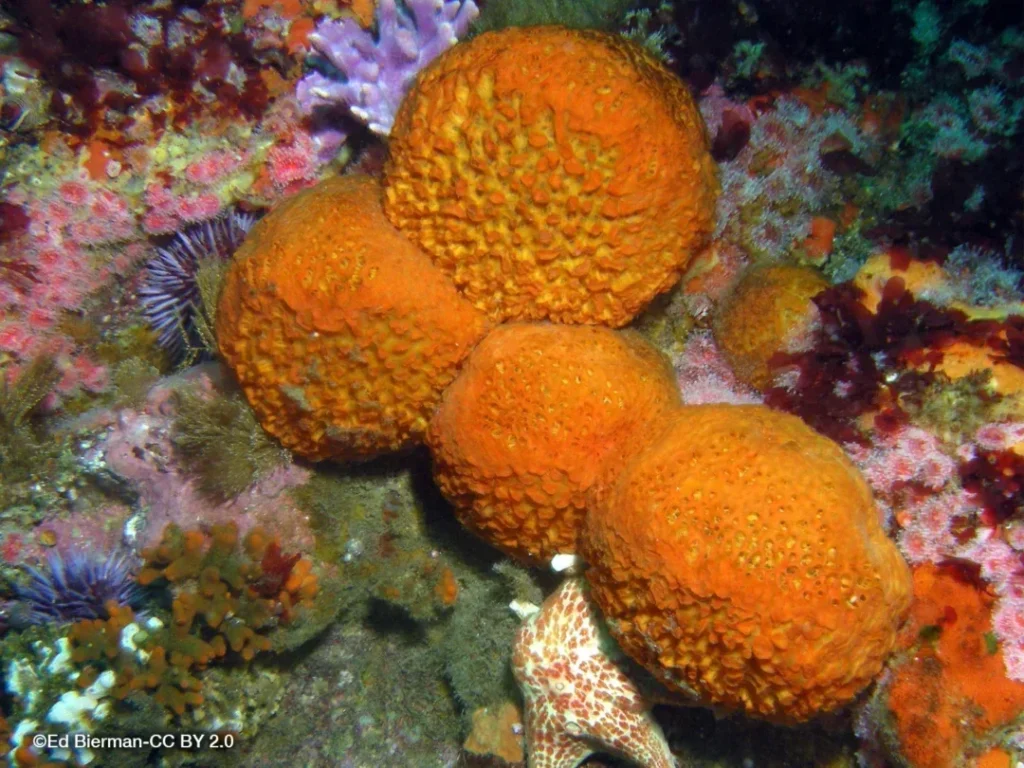
These fish look a bit like they have spiky hairdos! They're often found hiding out in empty barnacle shells or under rocks, with just their heads poking out, in tide pool habitats.
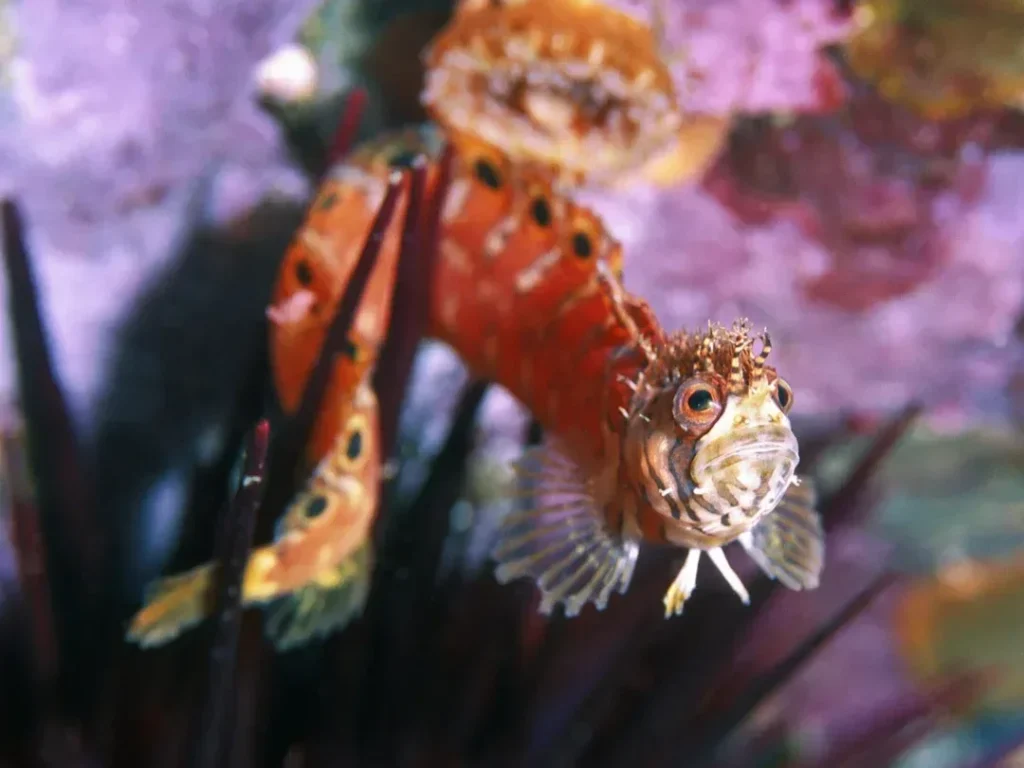
Also known as the masking crab, this species of spider crab “decorates” itself with bits of algae, sponges and tiny invertebrates to camouflage itself from predators.
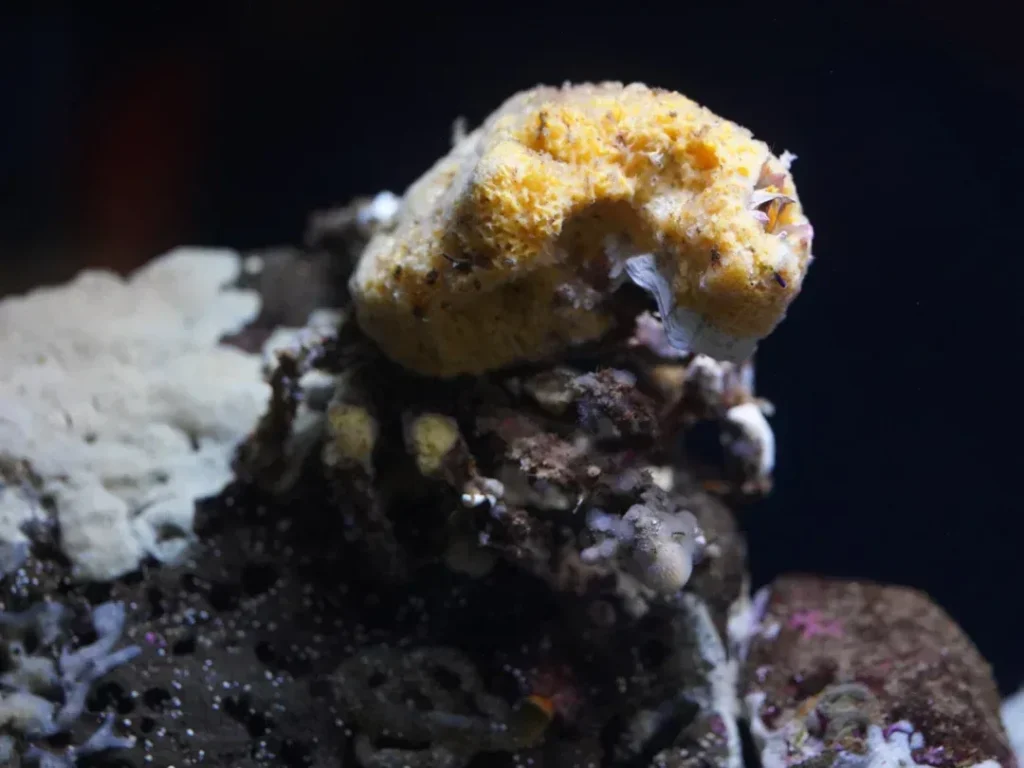
Also known as the burrowing anemone, this species is typically found under a layer of sand or shells. They're known for their distinctive and bright color variations.
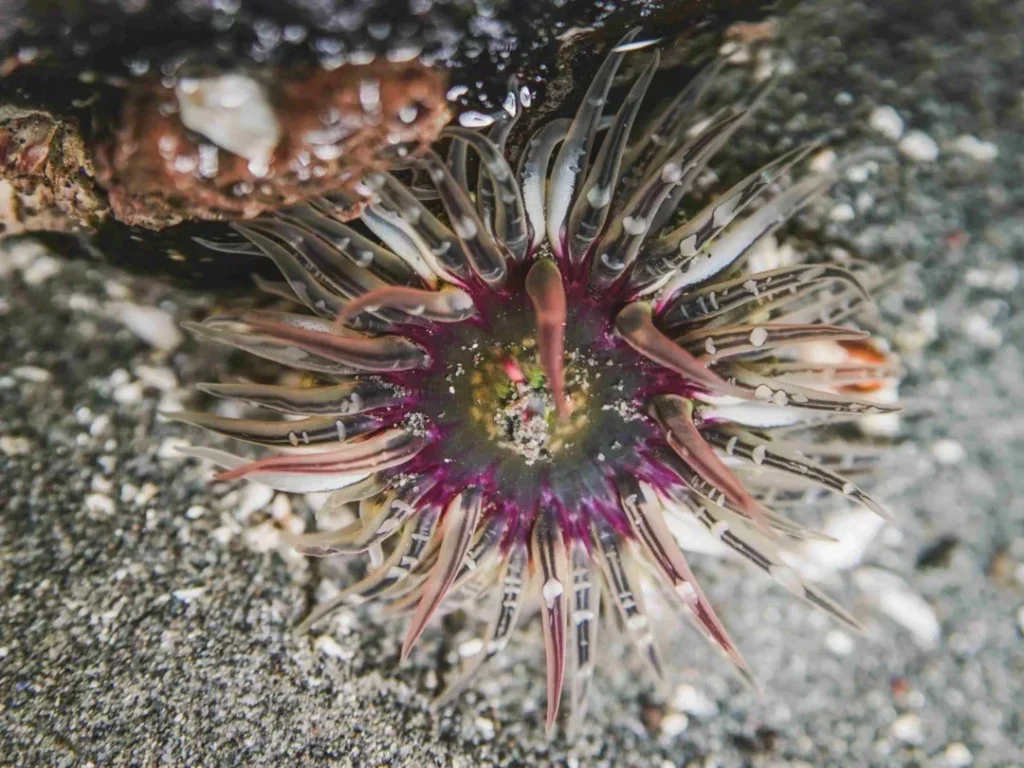
Longfin sculpins get their name from the long fin on the underside of their bodies. Their mottled coloration helps them blend in with the rock faces where they're often found.

A sea urchin's mouth is called “Aristotle's lantern.” The green sea urchin uses a complex system of muscles to maneuver its mouth and graze on algae with its strong, sharp teeth.

This hermit crab is common in Puget Sound, where it grows to only about 1 centimeter. Because of their small size, they are sometimes mistaken for juveniles of other species.

Grunt sculpins are fun to watch because of their awkward way of swimming. They “crawl” on the tips of their finger-like pectoral fins in a series of twitchy hops, jerks and jumps.
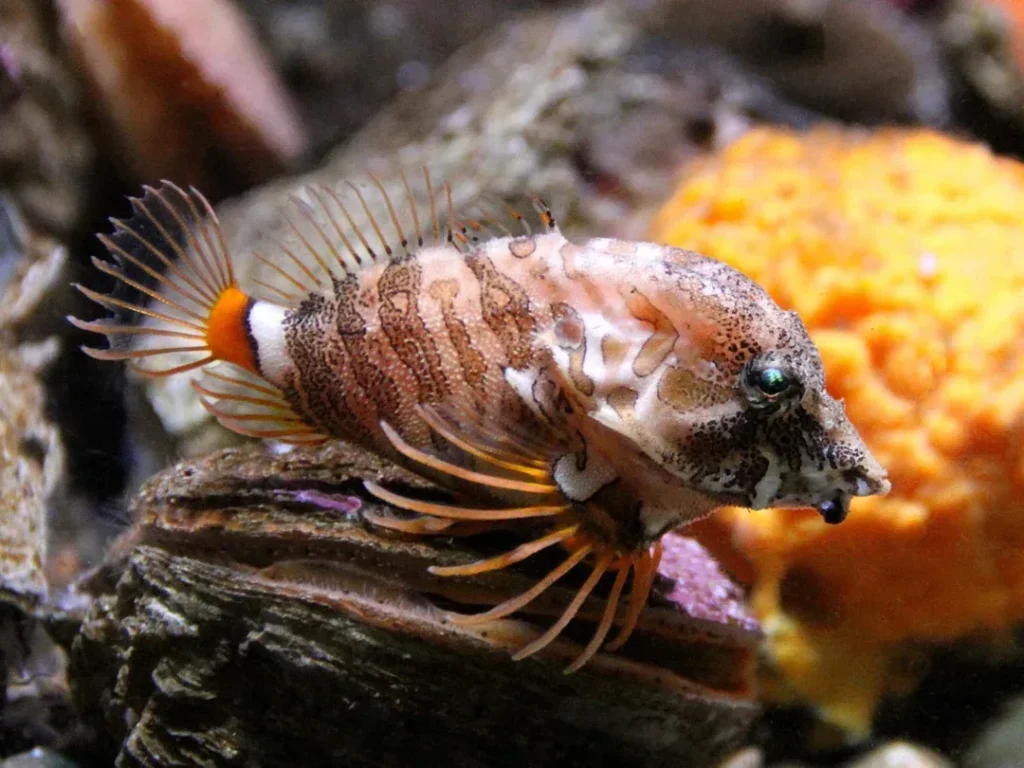
You can spot a variety of marine snails during your visit. The hairy triton is a large, predatory snail that gets its name from the bristly hair-like extensions on its shell.
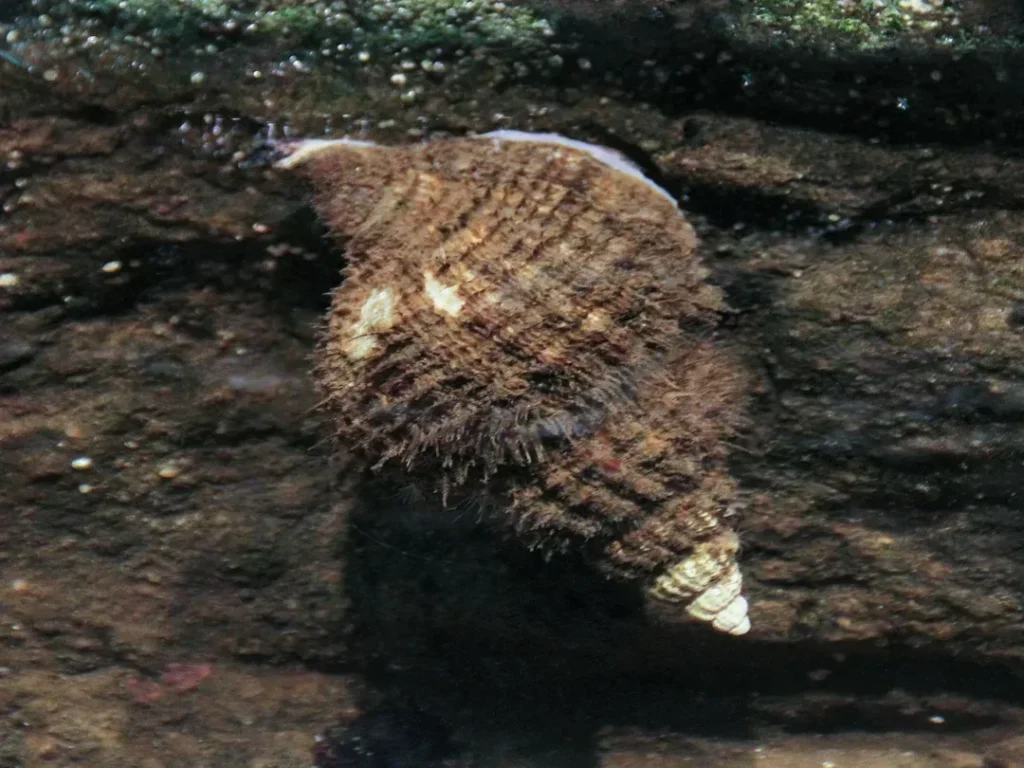
This long, slim fish can breathe air and stay out of water for around 15 hours if it's kept moist. High cockscombs commonly stay close to the surface, no deeper than 30 meters.
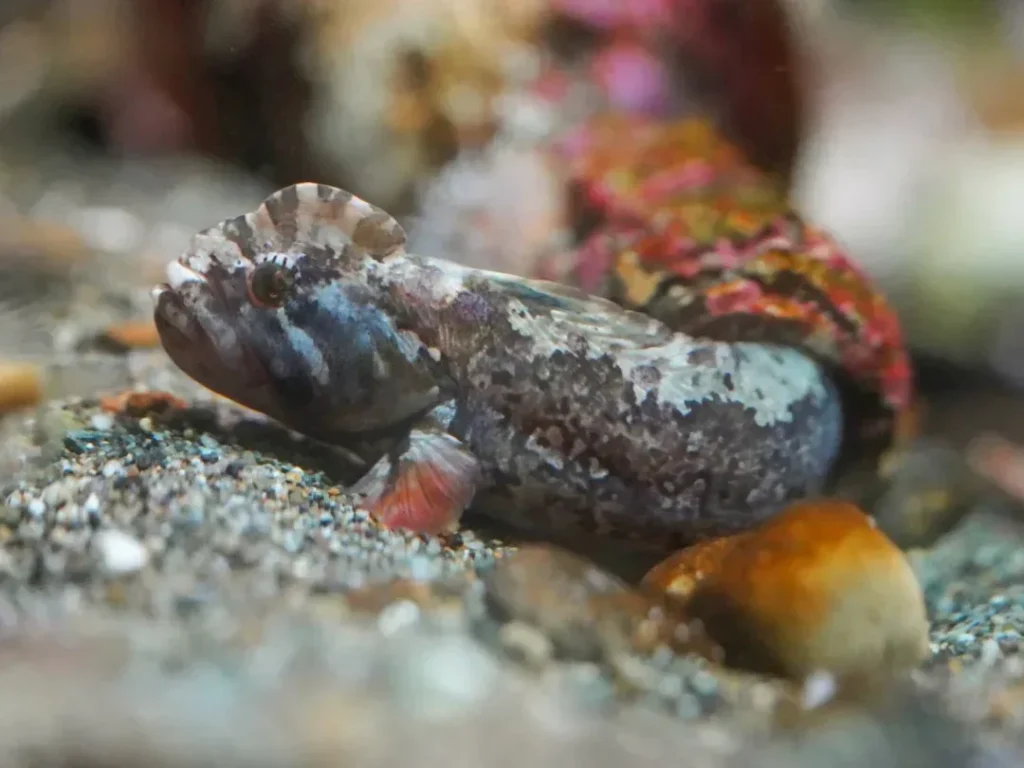
Unlike most fish, the males and females of this species do not look alike. Males are gray or dull brown with blue spots. Females are blue or gray with orange spots and fins.
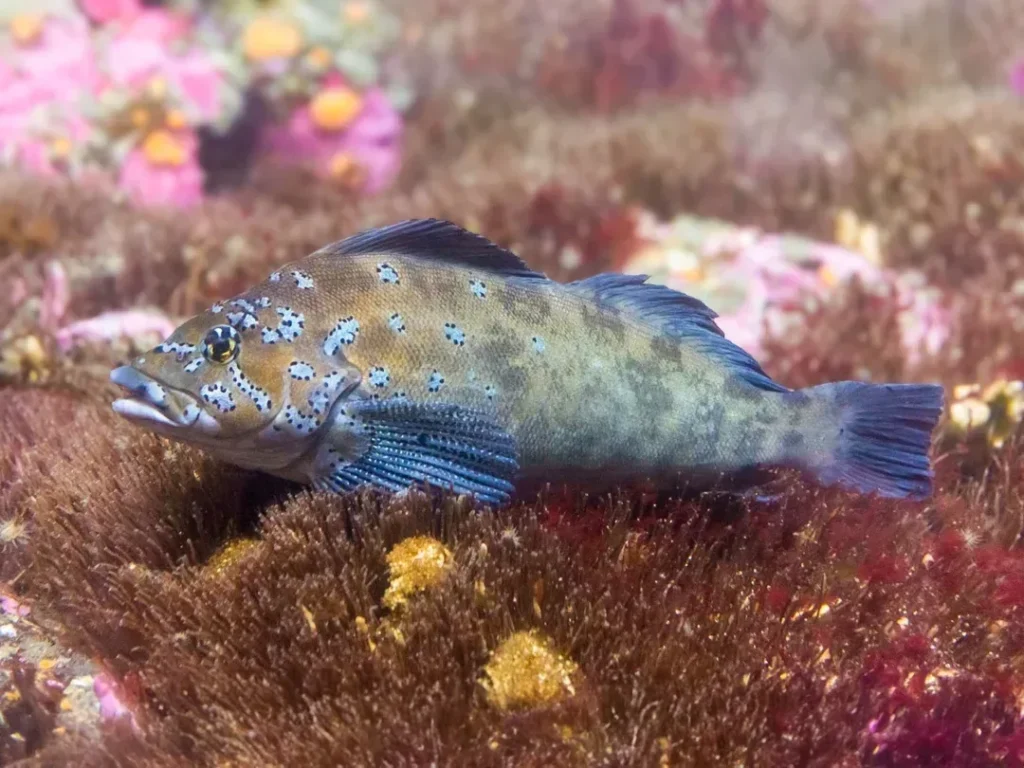
The keyhole limpet often plays host to the symbiotic scale worm. The worm lives in the limpet's mantle and nips at any predatory sea star that tries to make the limpet a meal.
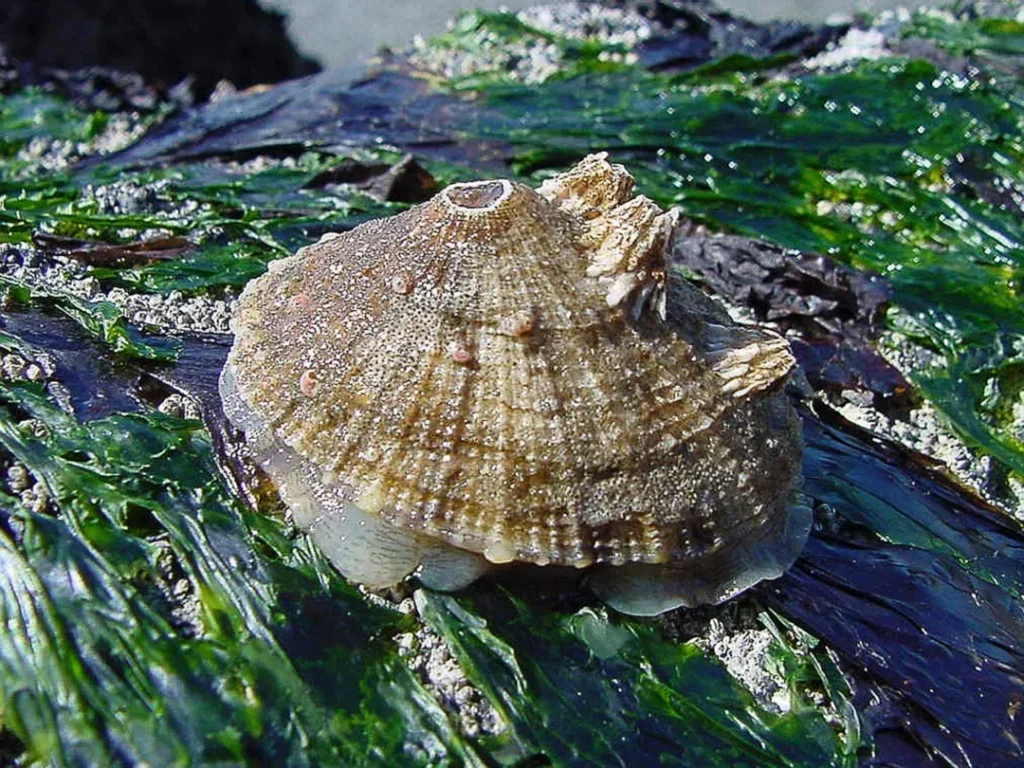
Lampshells are filter feeders that attach themselves to sturdy surfaces like rocks. Crabs attack their tough shells to eat the softer flesh inside.

This predatory snail uses its sharp, toothy radula to drill into the shells of barnacles and mussels. It injects them with digestive juices, liquifies them, then slurps them up.
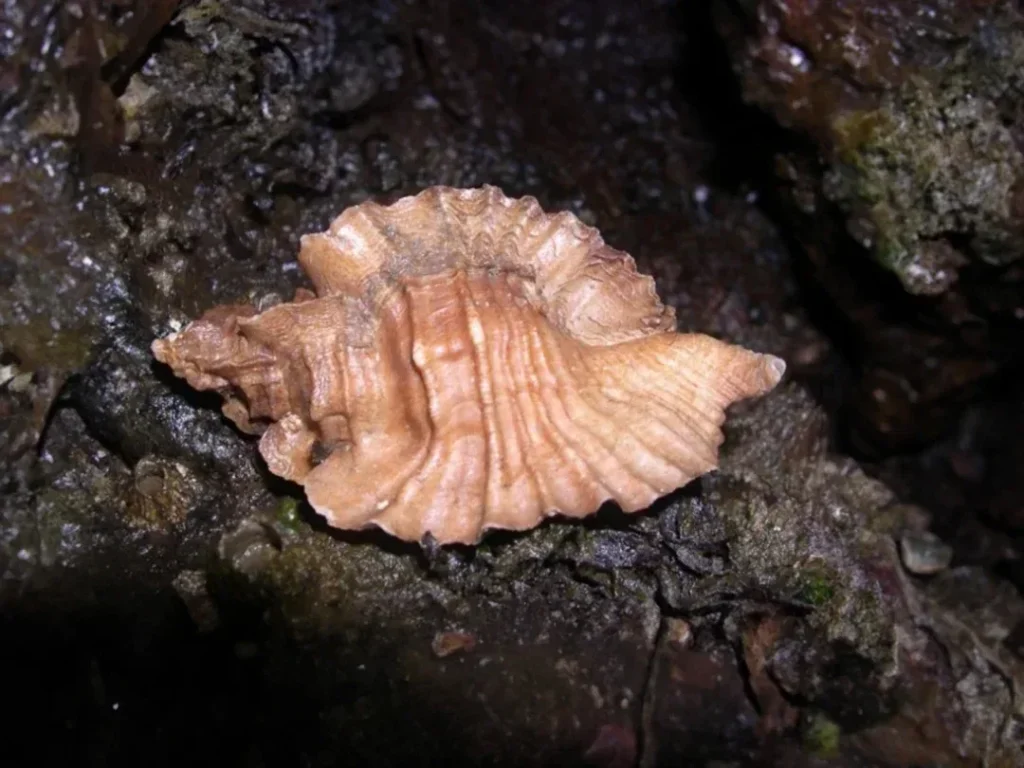
Leather stars get their names from the texture on top of their bodies: it's leathery and slick. Fast fact: these invertebrates (animals without backbones) smell like garlic!
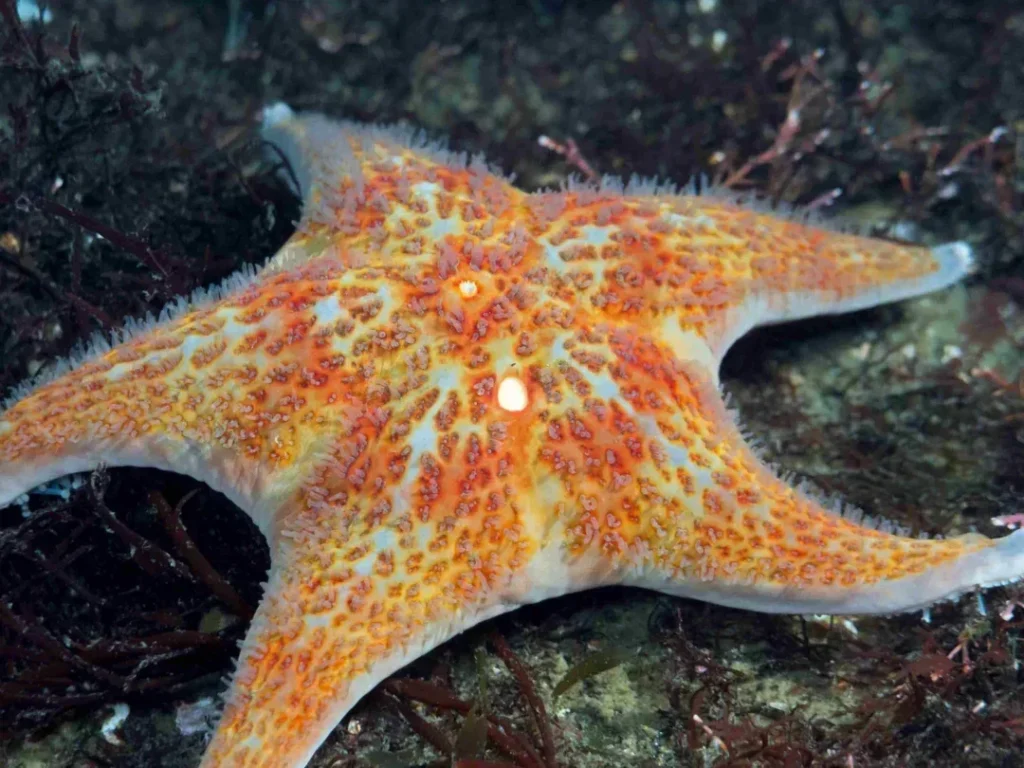
Like most chiton species, lined chitons have eight plates on their back, surrounded by a girdle (a fold of flesh). They're named for the lines, patterns and colors on their backs.
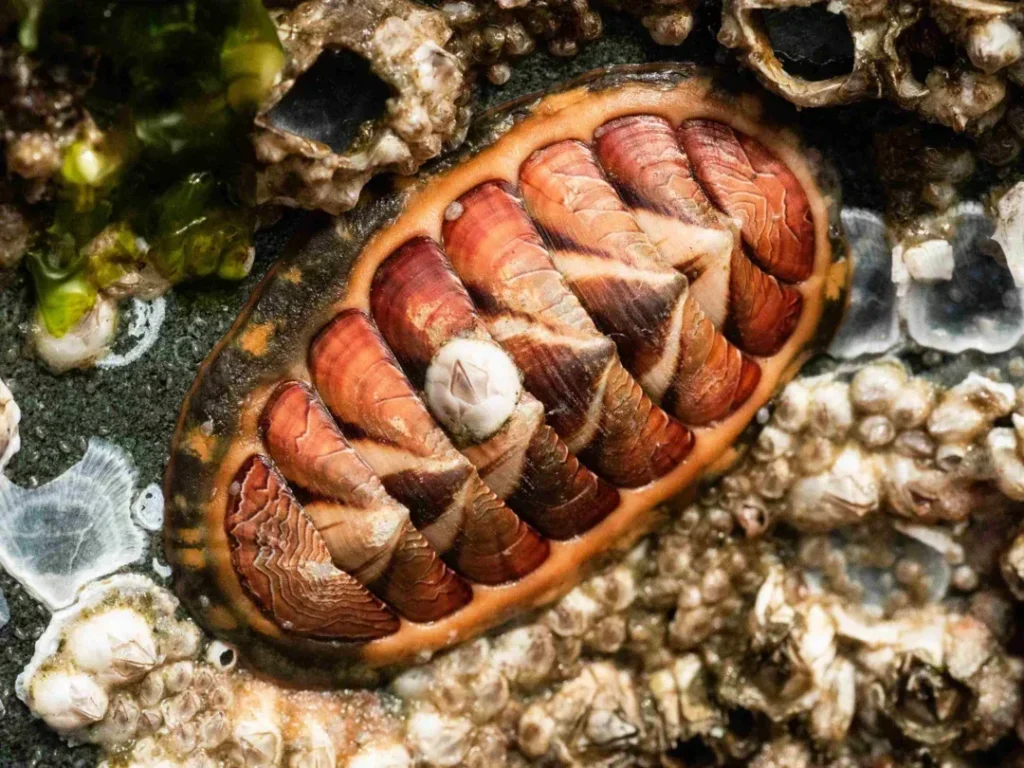
This snail has a swirling pattern on its shell, but that's often hidden by the algae that grows on it. Dusky turbans hang out in shallow coastal waters from Alaska to Mexico.
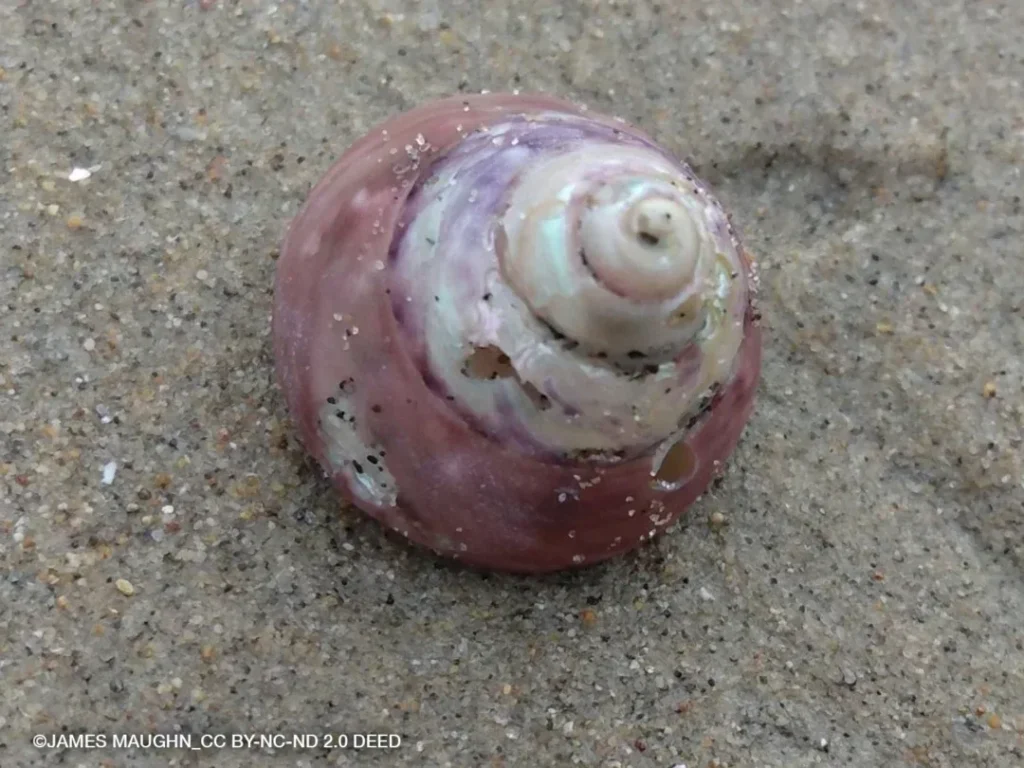
Like many rockfish, this vibrant species has a long lifespan. Canary rockfish can live up to 75 years! They tend to move to deeper waters as they grow.
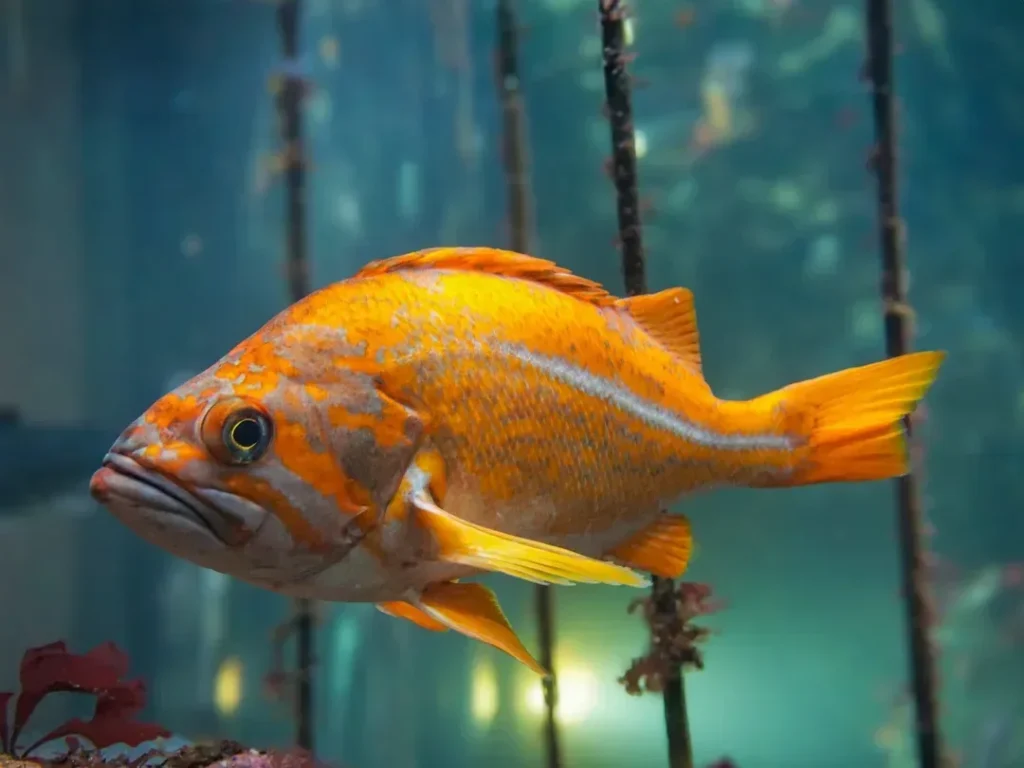
This colorful species is territorial and likes to stay in one area for most of its life. But they are known to share rocky spaces with giant Pacific octopuses.
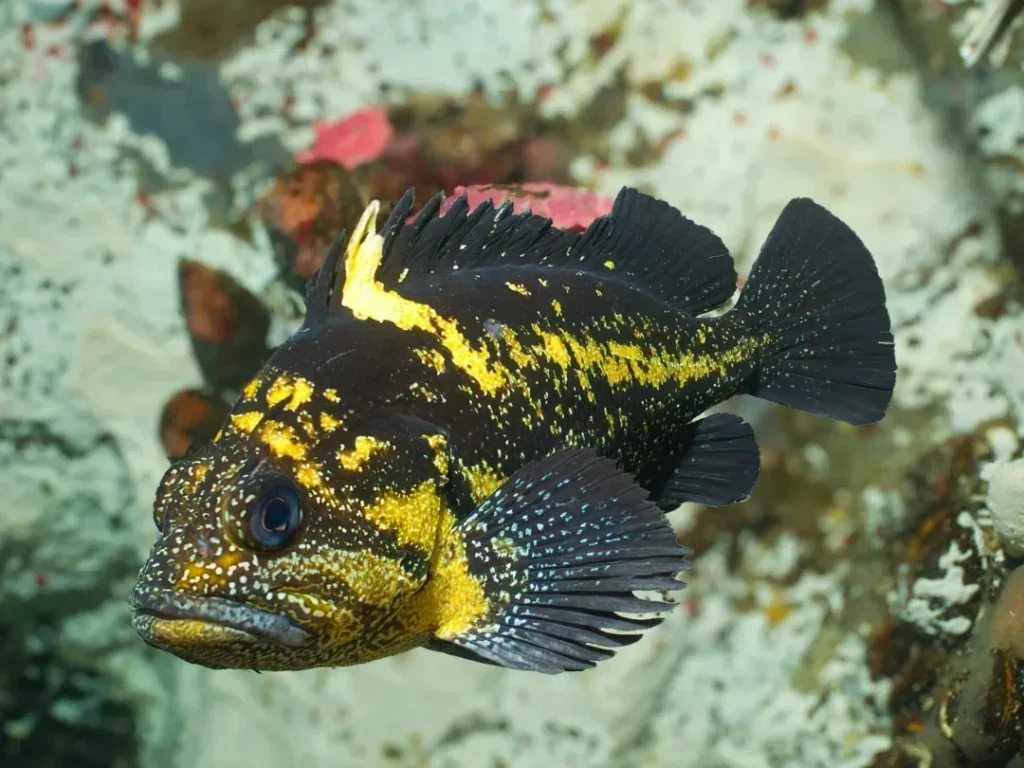
Also known as the dock shrimp, this species does indeed like to hang out near docks and pilings, as well as sandy or rocky parts of the seafloor.
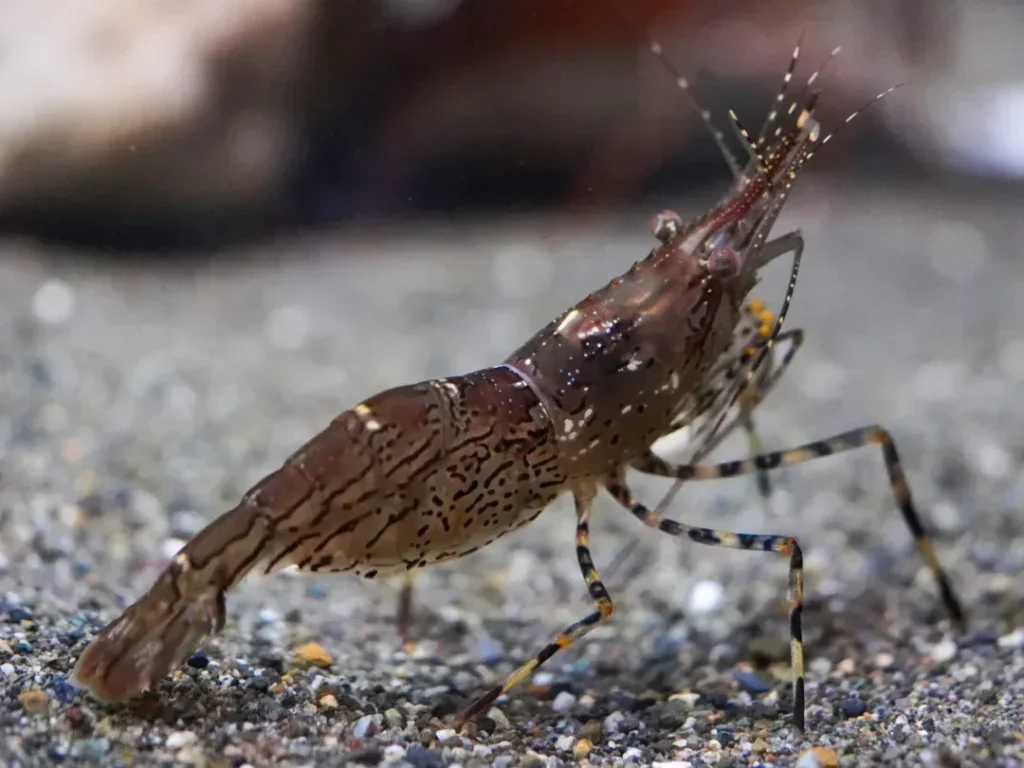
You wouldn't want to take a bite out of this cucumber! Its tissue is toxic, so most predators stay away, though some species of sea stars can handle its poison.
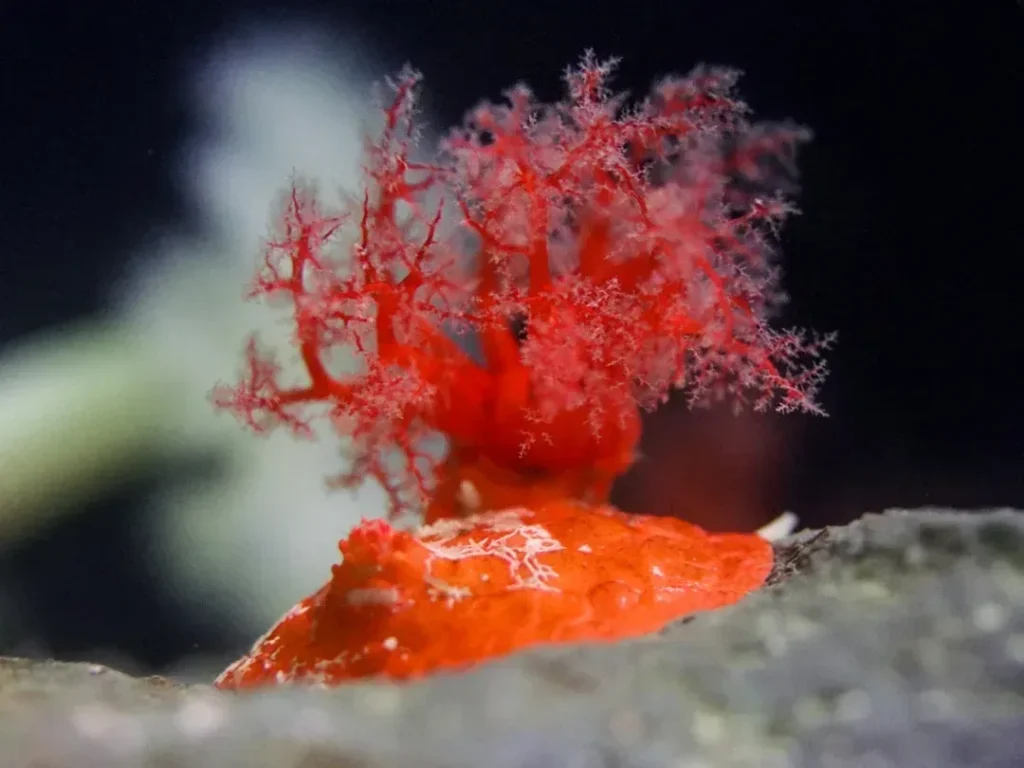
This long, thin fish is known to hide in tide pools or under rocks. Crescent gunnels can spend time outside of water and even breathe air!

Like many anemone species, this anemone can form mutually beneficial symbiotic relationships with other animals. Shrimps and crabs take refuge in its tentacles.
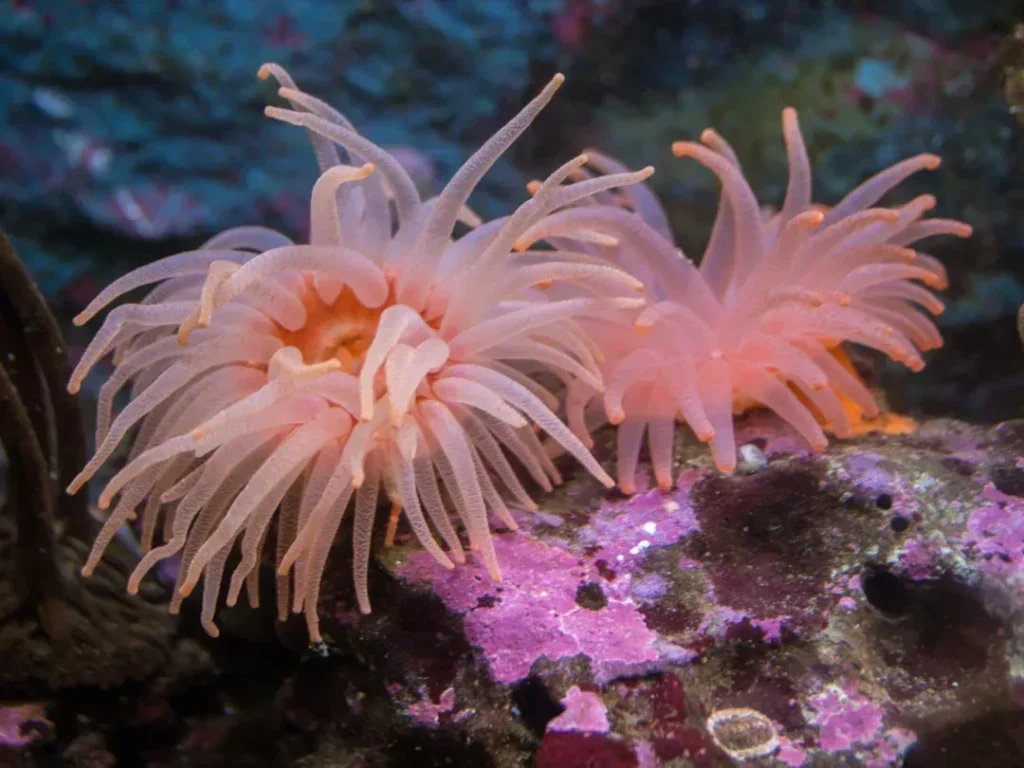
The deacon rockfish was originally thought to be the same species as the blue rockfish, but in 2015 scientists confirmed the two are distinct.
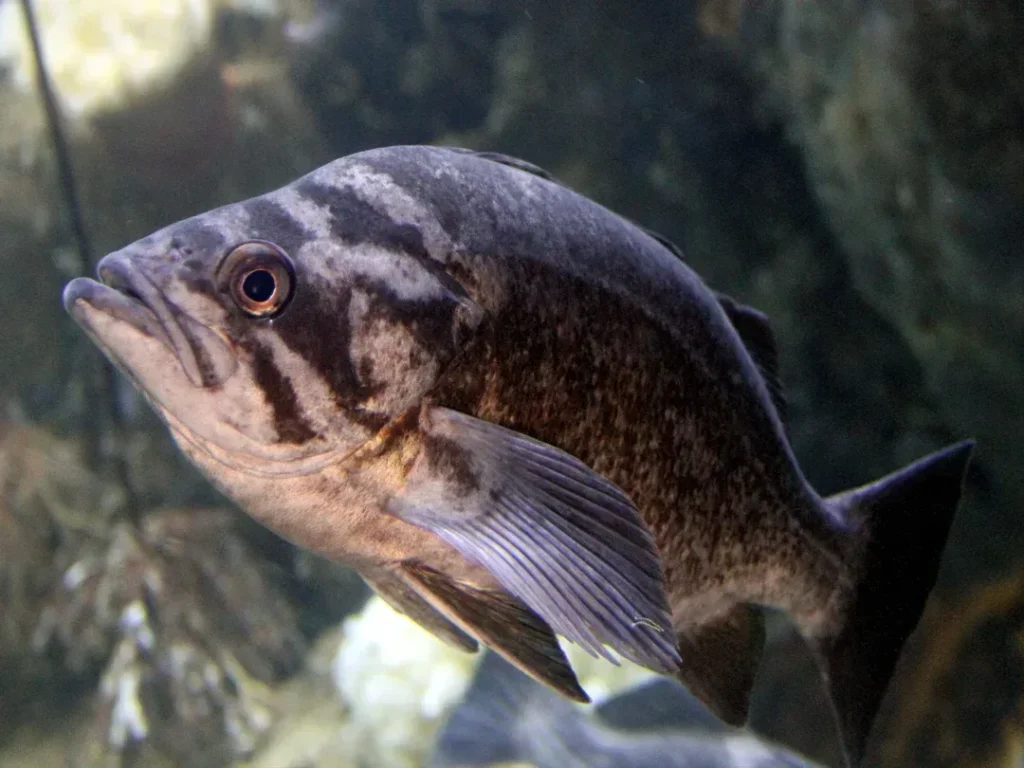
This visually striking fish is usually found hiding in crevices or among seaweed and other algae in rocky reefs from the Bering Sea to California.
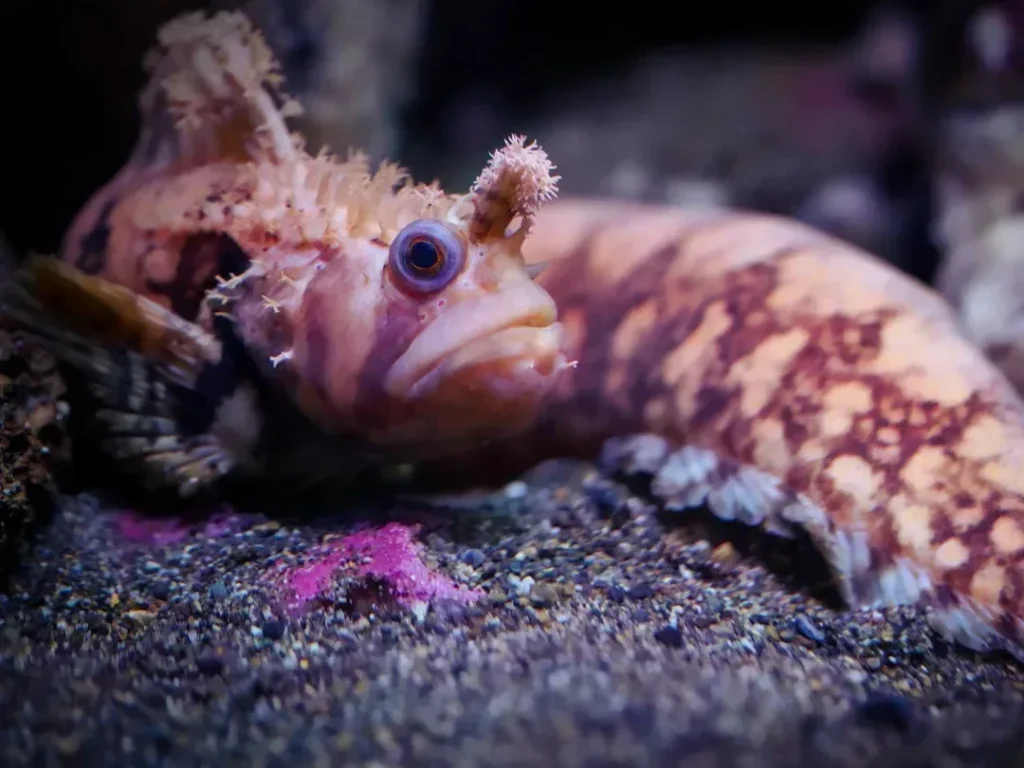
True to their name, these anemones eat small fish, as well as shrimp and other invertebrates. They use their venomous nematocytes and strong tentacles to bring down prey.
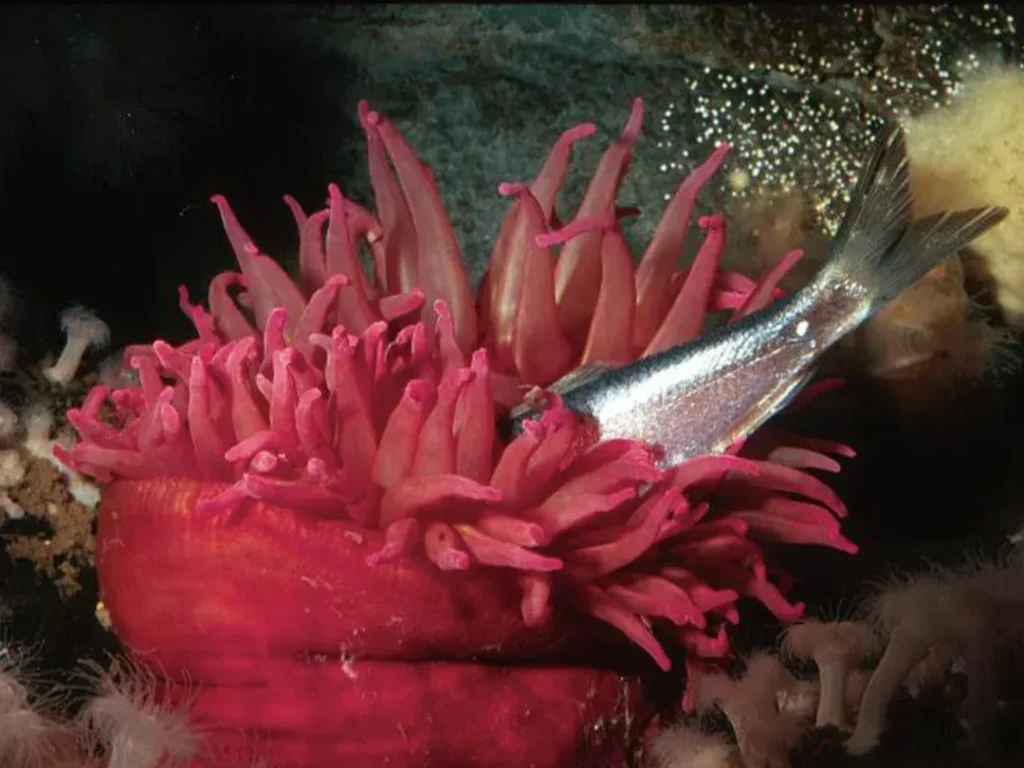
Like all hermit crabs, this species makes use of discarded snail shells. Furry hermit crabs prefer the shells of harry tritons and Lewis's moon snails.
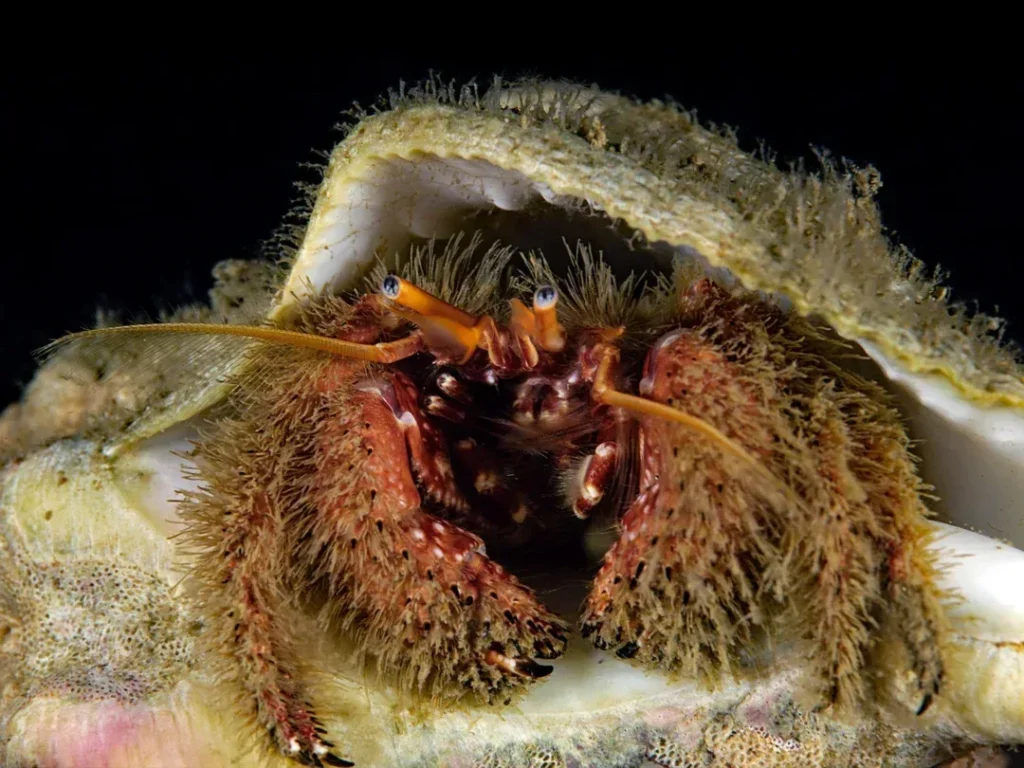
These barnacles often form large clusters on sturdy surfaces. They even grow on top of each other! These clusters can grow so heavy that they fall off the substrate.

These anemones reproduce through asexual division, where one anemone splits itself into two genetically identical anemones. The new “clonal” anemones can split further still.
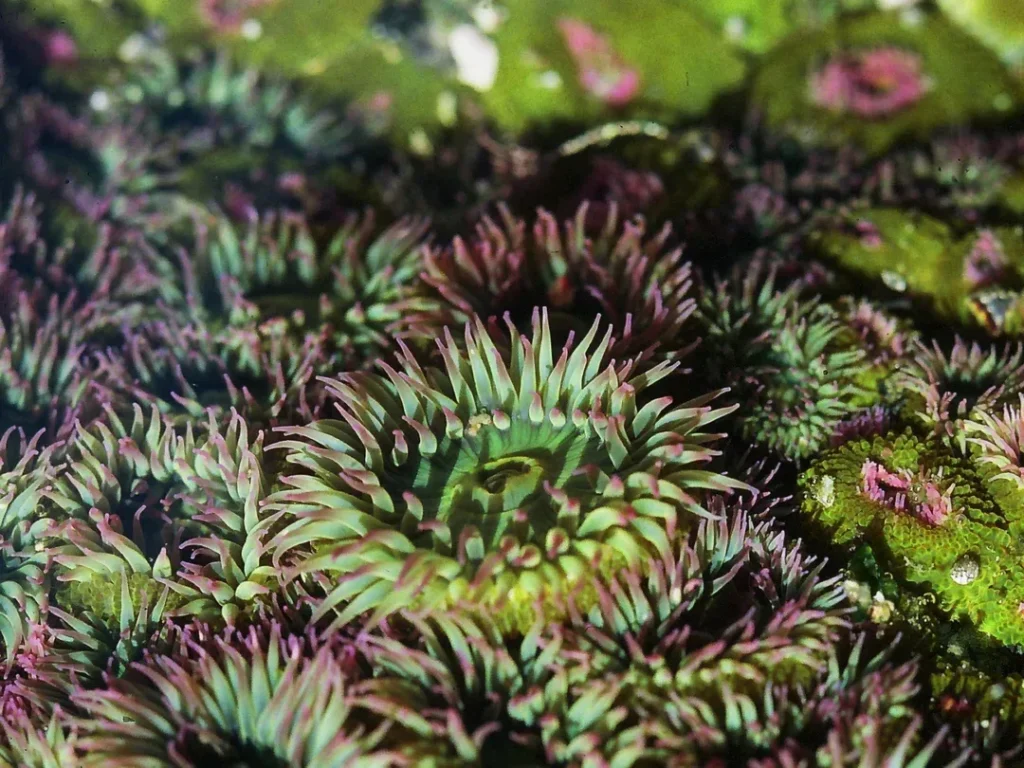
California sea cucumbers help keep the Aquarium and ocean clean. They use their sticky oral tentacles to grab and eat organic waste, like decaying algae or fish poop.
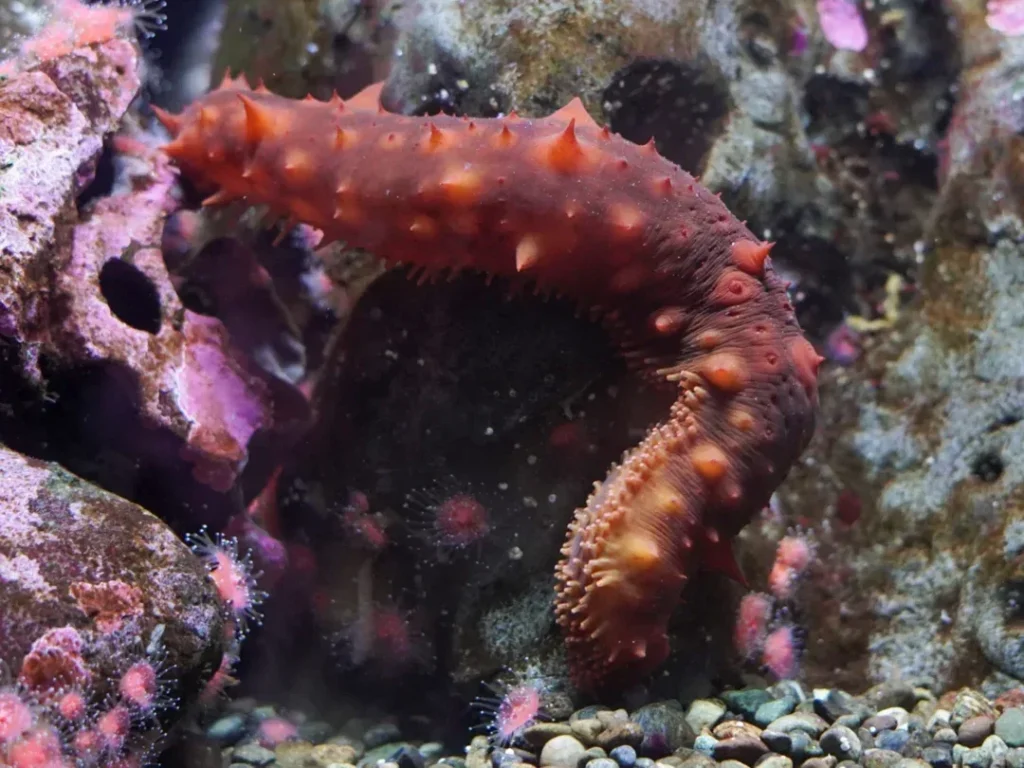
As their name suggests, the burrowing sea cucumber keeps most of its body tucked under the sand or rocks. Look closely and you might see their feather-like oral tentacles, which they use to grab food.
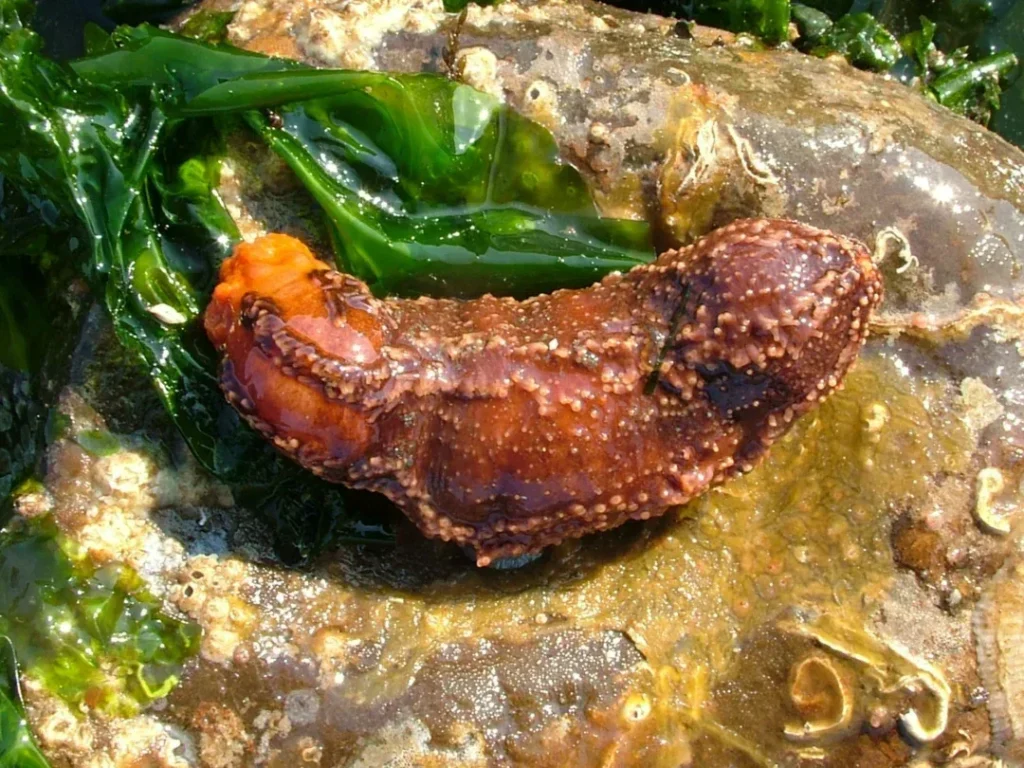
This fish can change from female to male. One male will partner with several females at once and guard their eggs until they hatch.

This snail can detach itself from steep surfaces and roll downward to flee predators. Discarded black turban shells are a popular choice for hermit crabs.
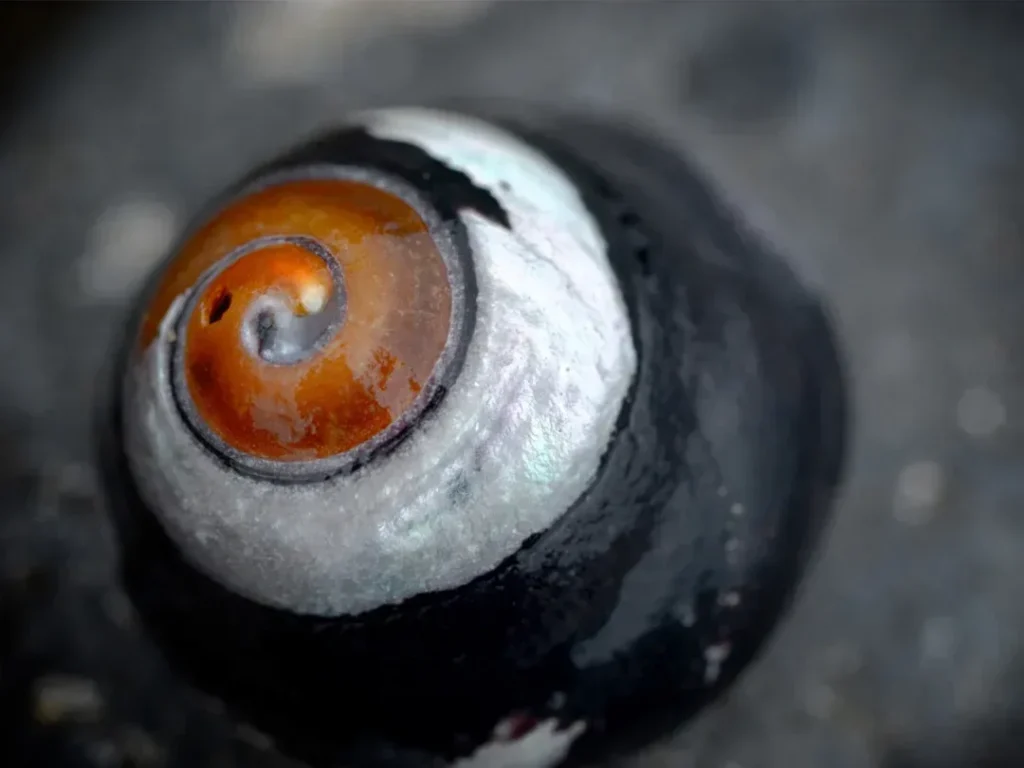
This species prefers to make its home in thick, heavy shells that can cover its whole body when it hides. Its right claw is bigger than its left.
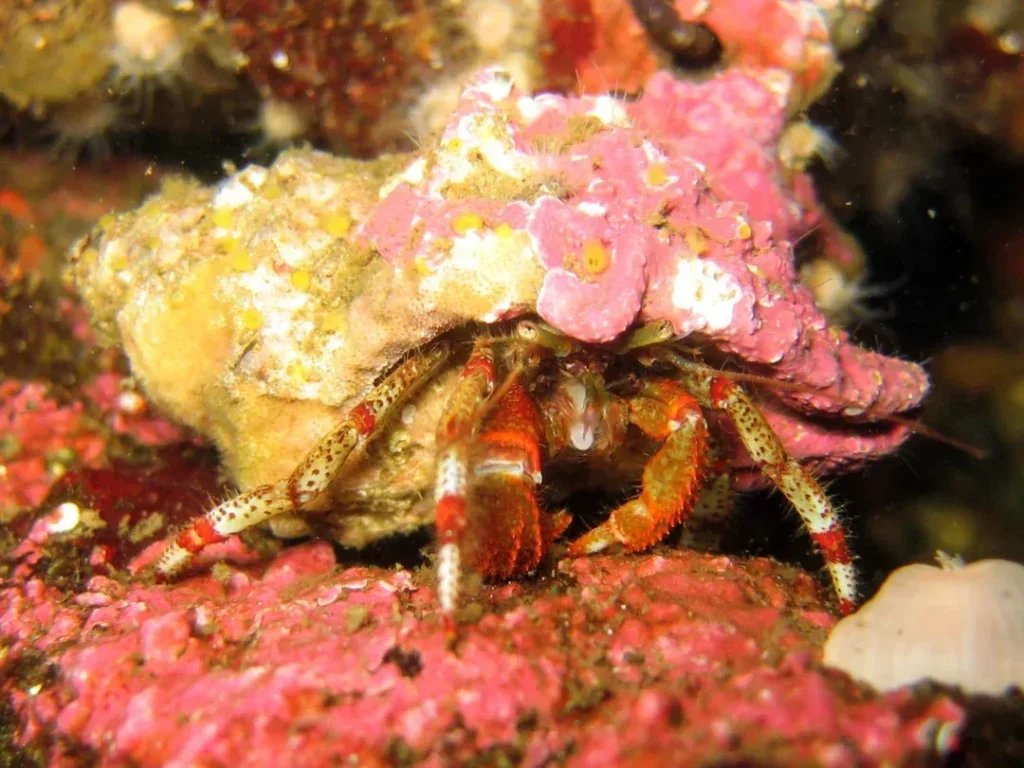
This animal's long, slim body resembles a blade of eelgrass, making for great camouflage. Pipefish are relatives of seahorses.

Basket stars extend their arms to catch small pieces of food. For defense, they can also wrap their arms around themselves. They live throughout the sea at depths of 306,200 feet.
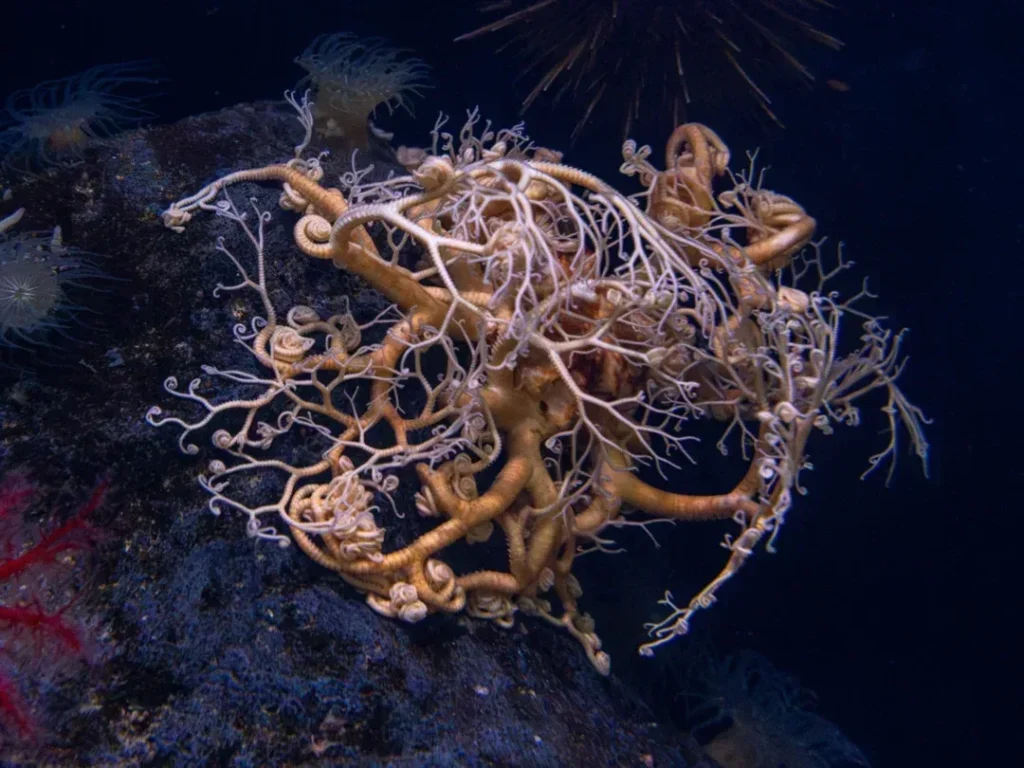
Get ready to meet some local legends, including grunt sculpins, Pacific spiny lumpsuckers, hairy hermit crabs and more. You can also catch a glimpse of some more elusive species like the splitnose rockfish and basket star. Puget Sound Fish features three environments commonly found in the Sound: eelgrass communities, deep sandy bottoms and rocky reef areas.
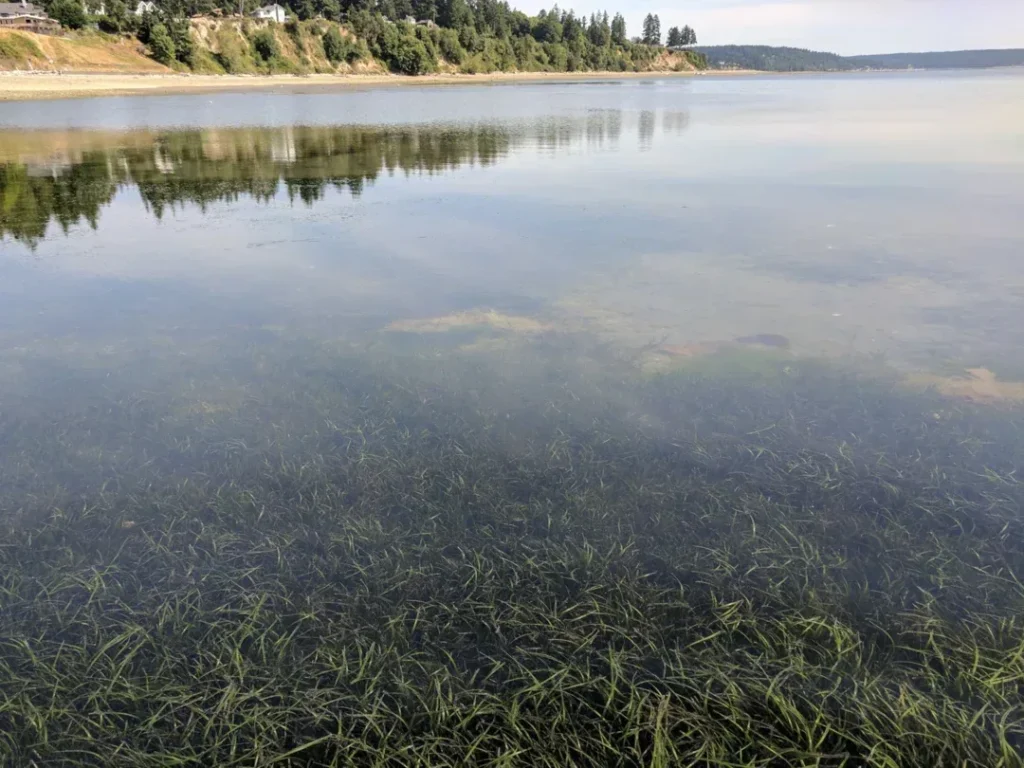
Runoff pollution: Runoff is snow or rain that is not absorbed by the ground and instead flows into waterways. Runoff picks up whatever is on the ground, including oil, fertilizers, pesticides, cleaning products and harmful chemicals. These pollutants end up in streams, lakes and the sea, threatening all who interact with these waterways and taking a particular toll on salmon.
Eelgrass communities serve as an important habitat for many species, including juvenile salmon. In our eelgrass habitats, you can find gunnels and pricklebacks hiding in crevices. Keep an eye out for well-camouflaged pipefish, which resemble the long, thin blades of eelgrass. In 2022, Washington established its first eelgrass and kelp protection zone.